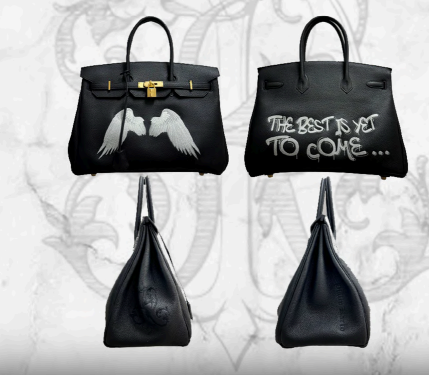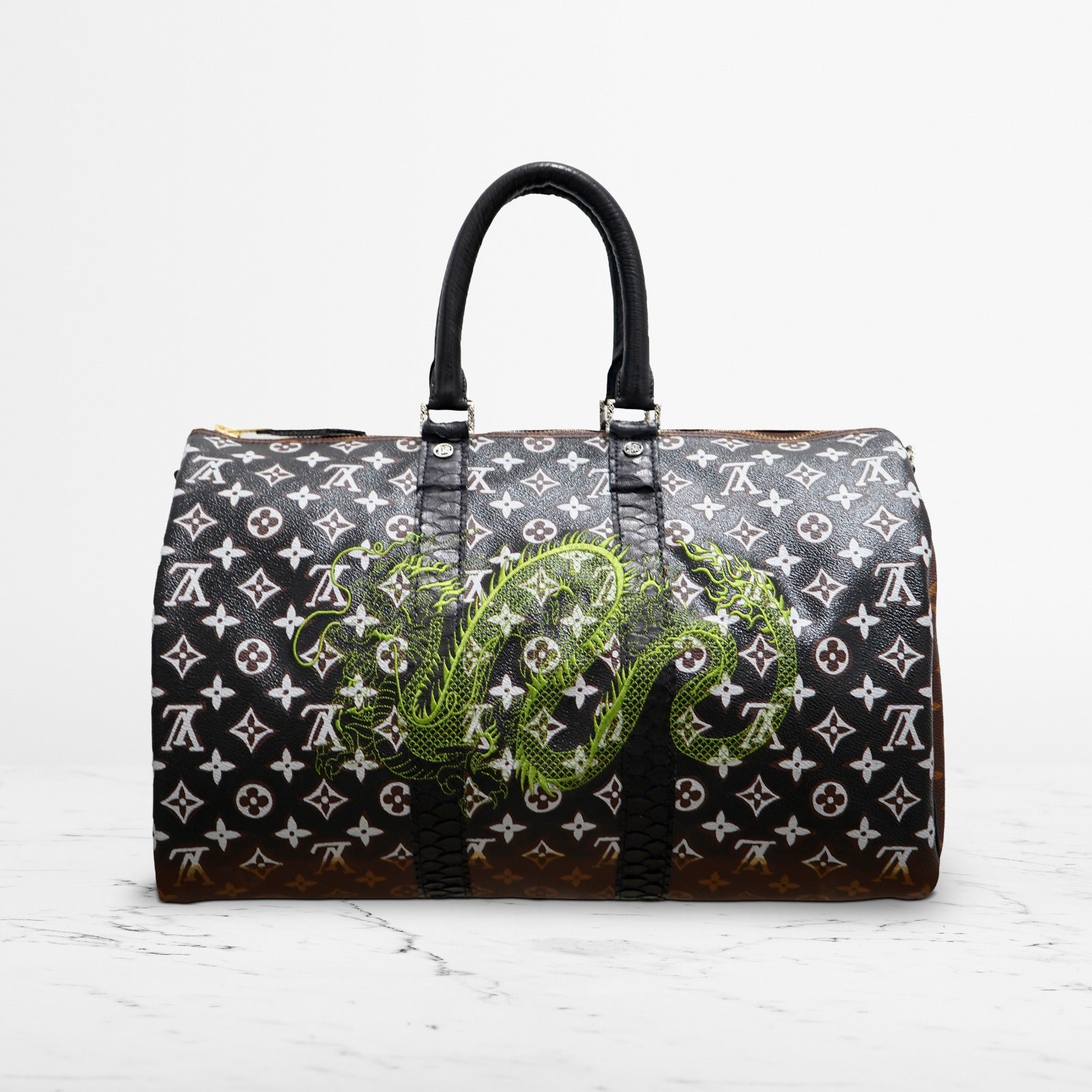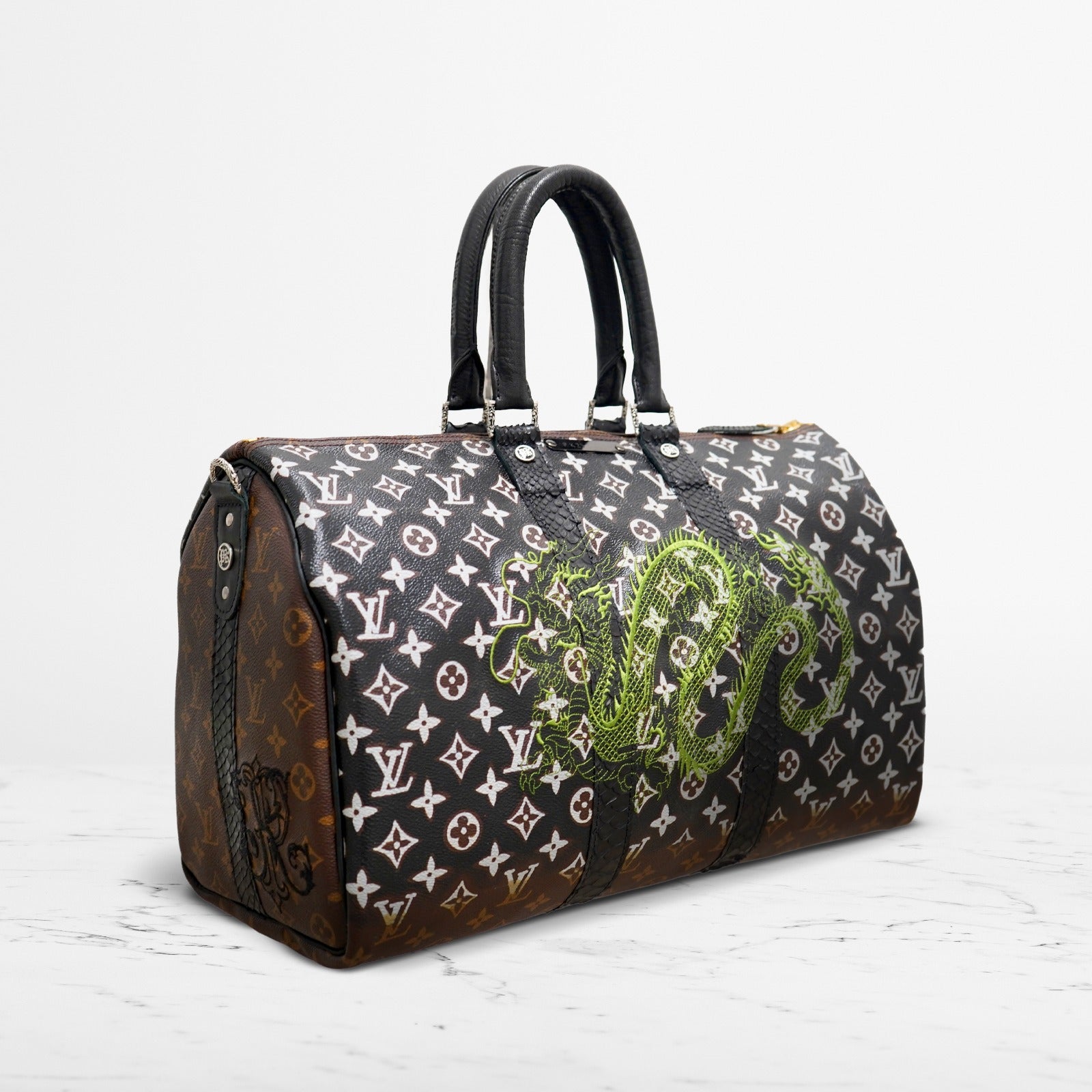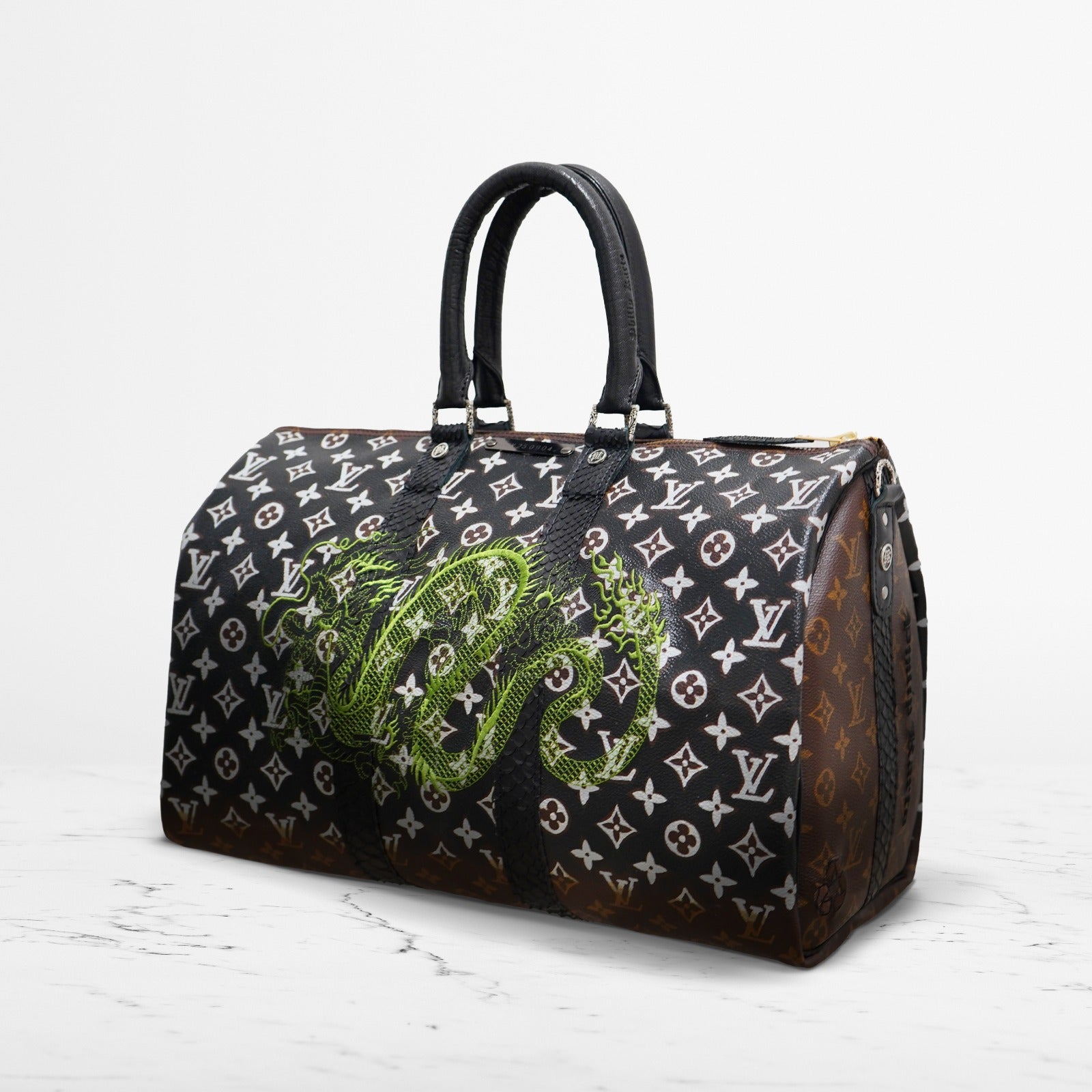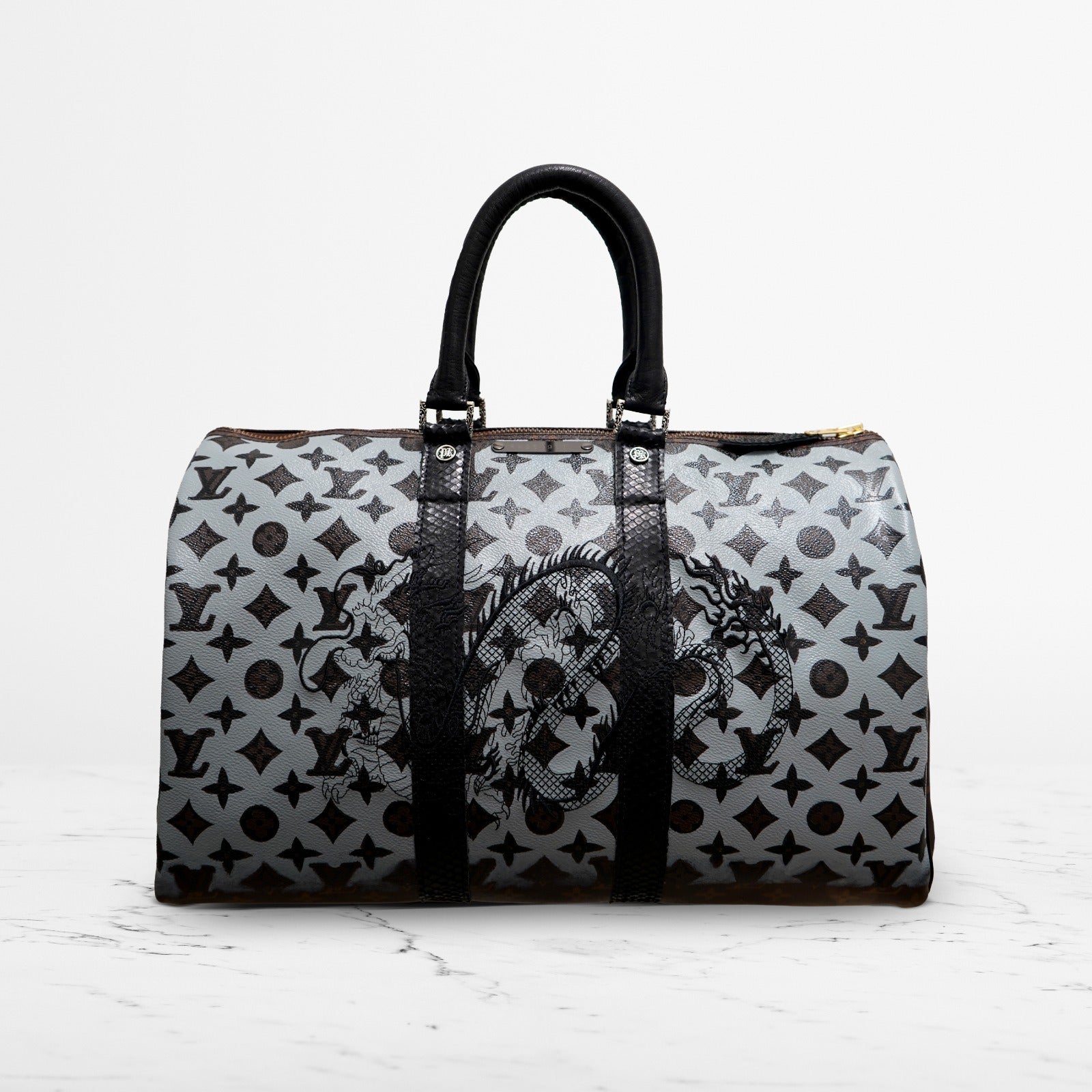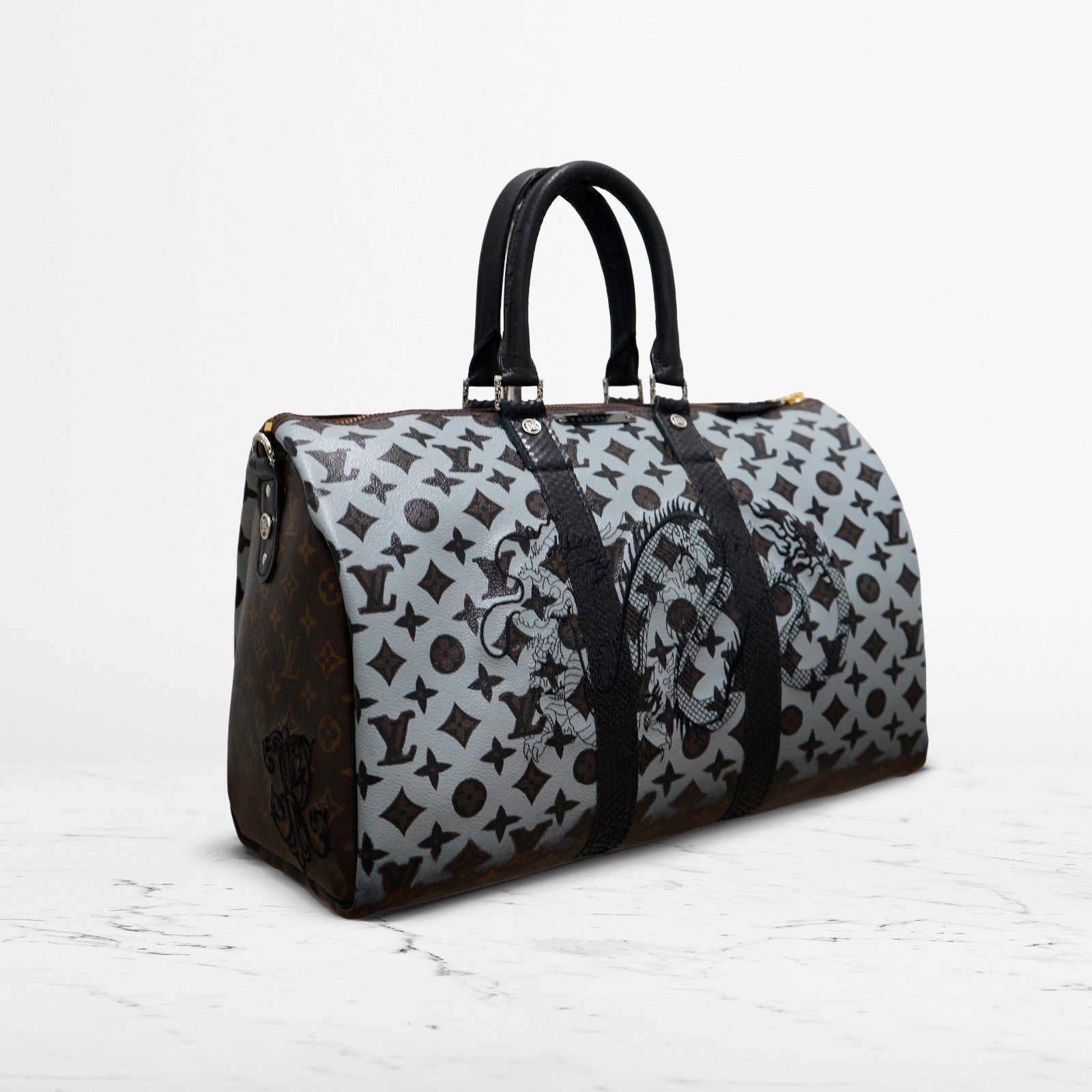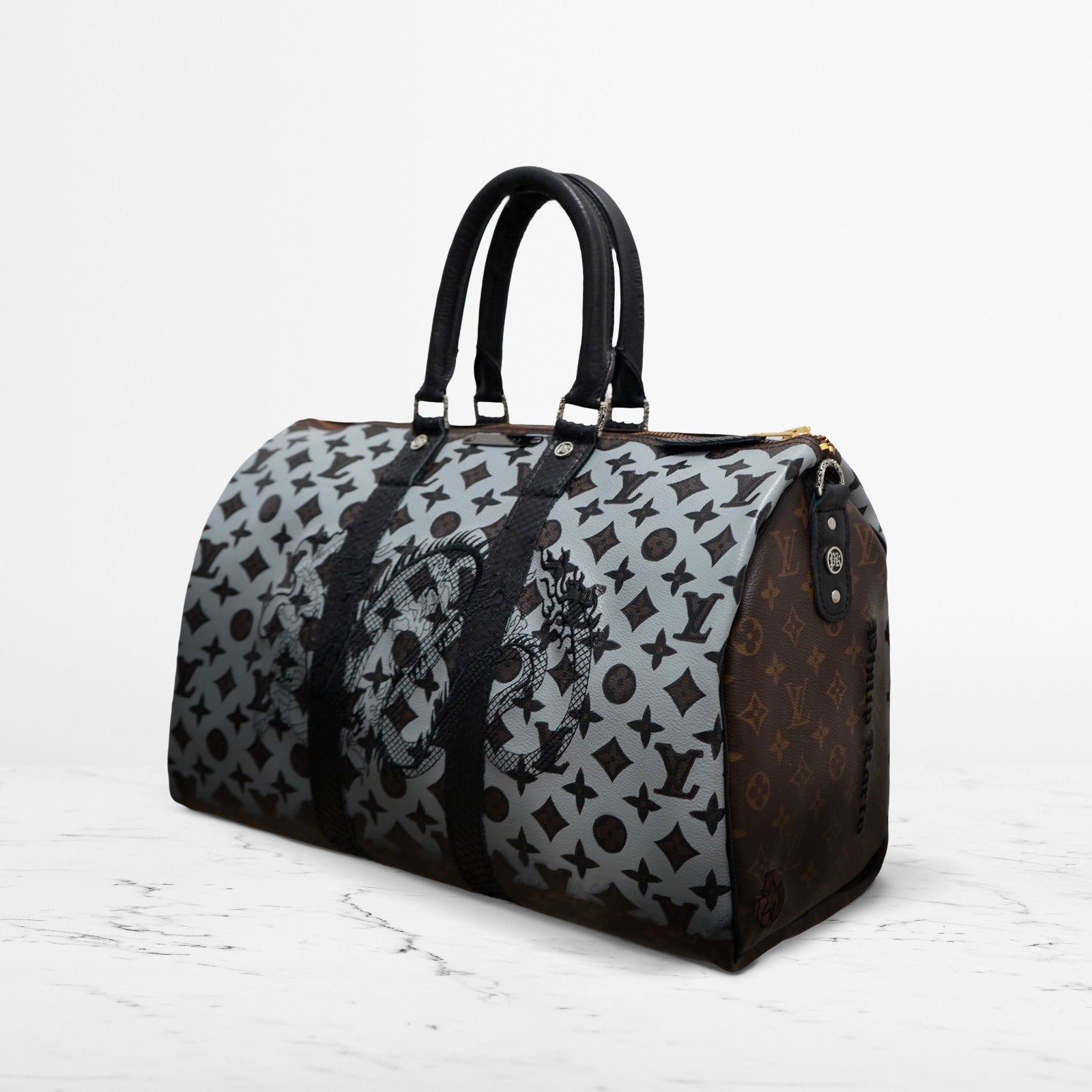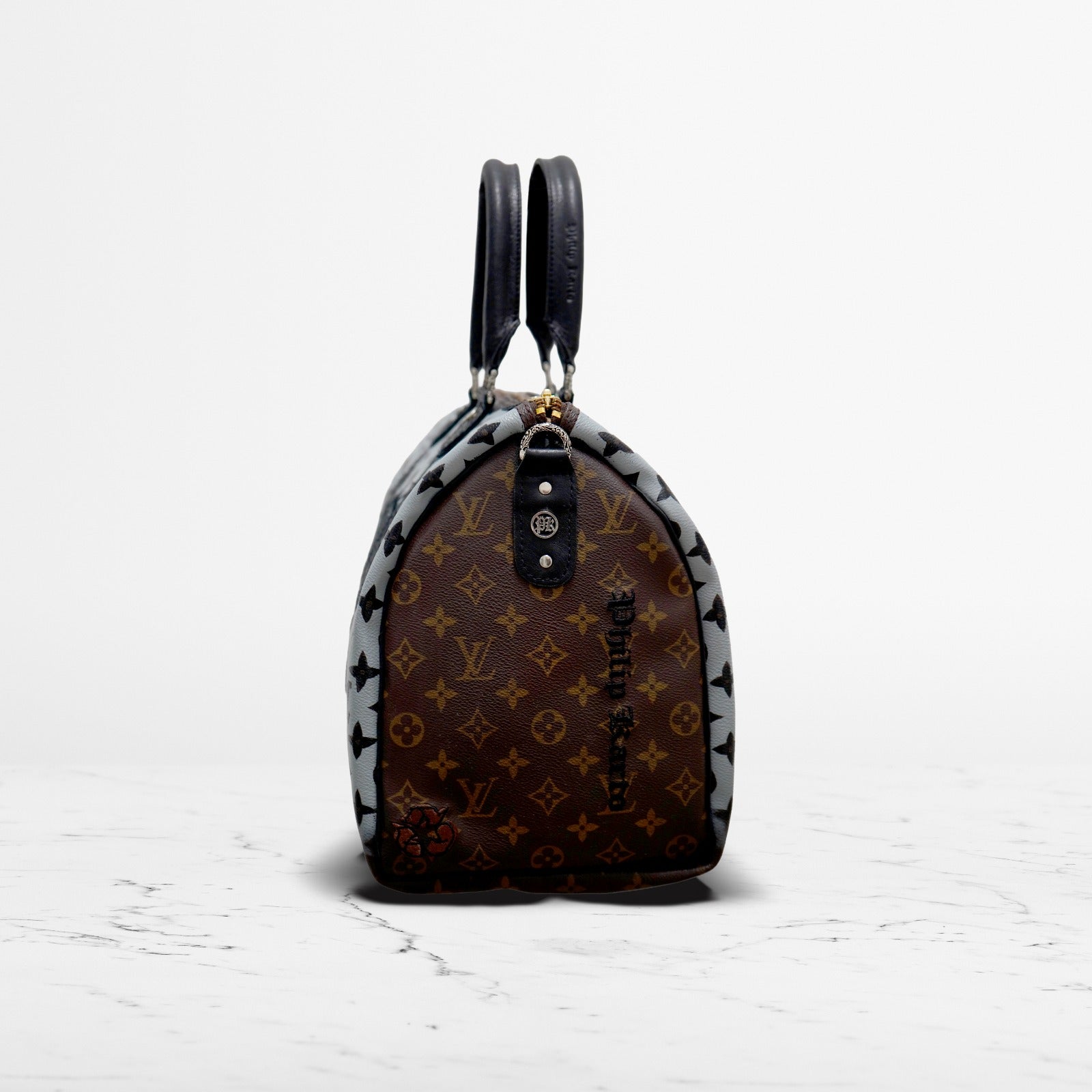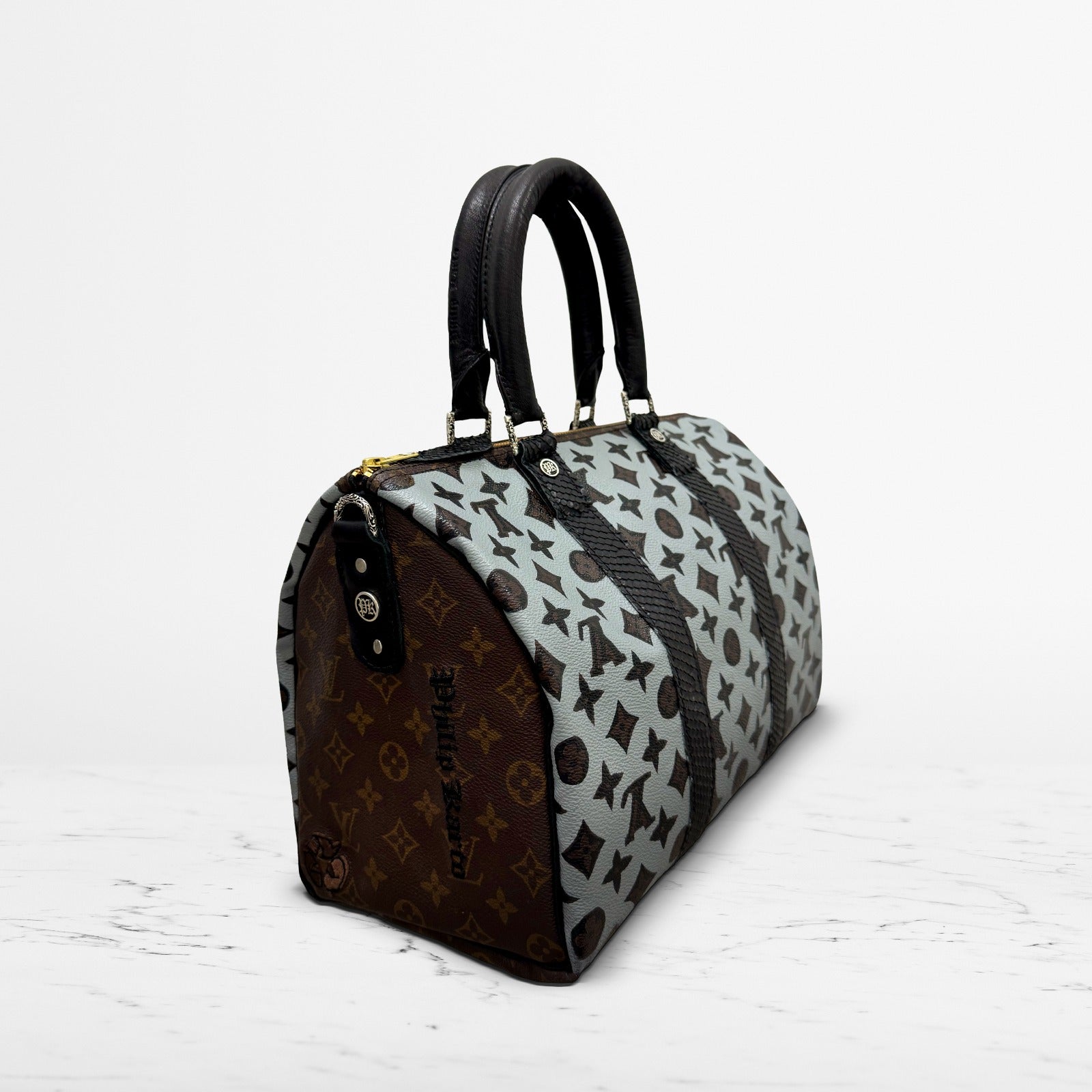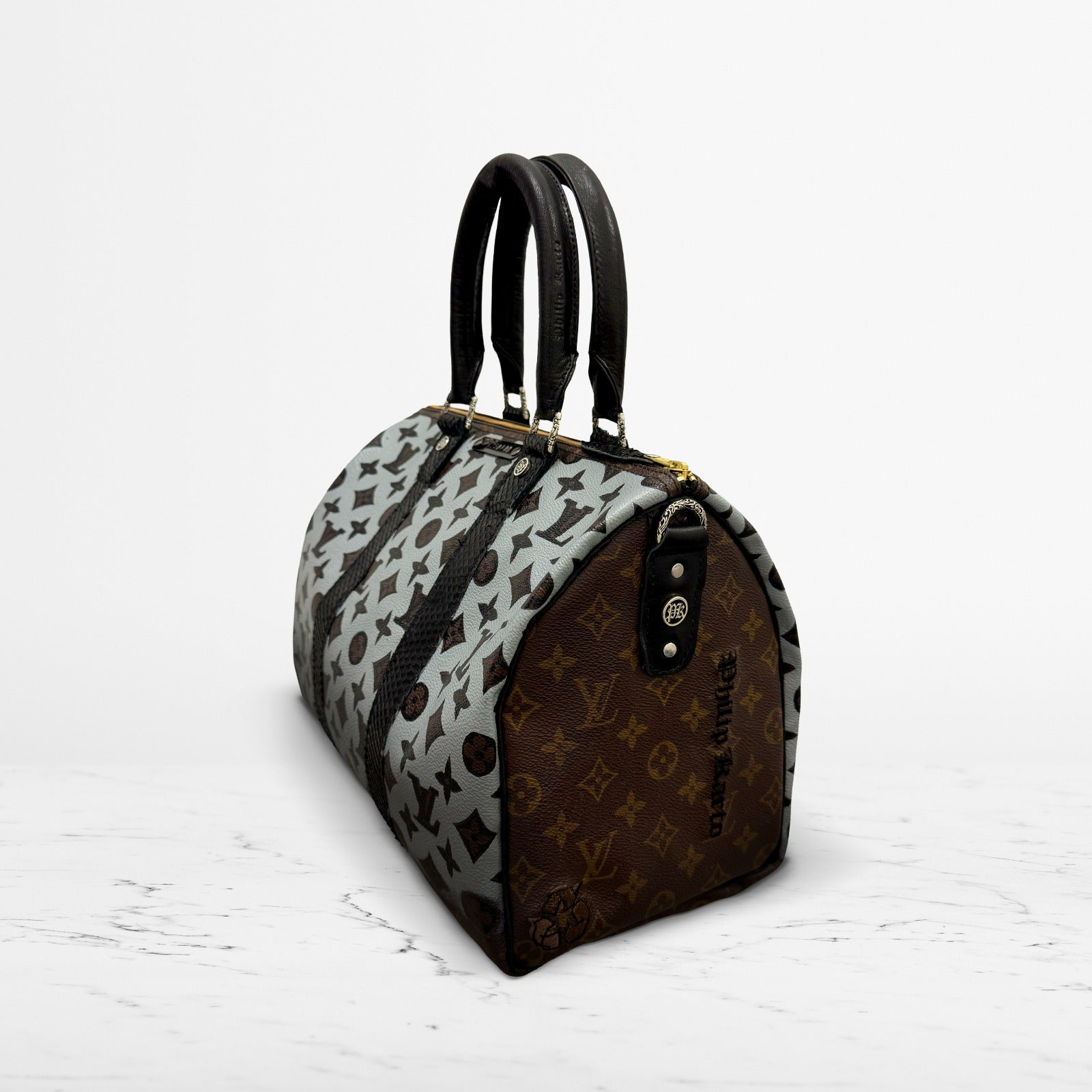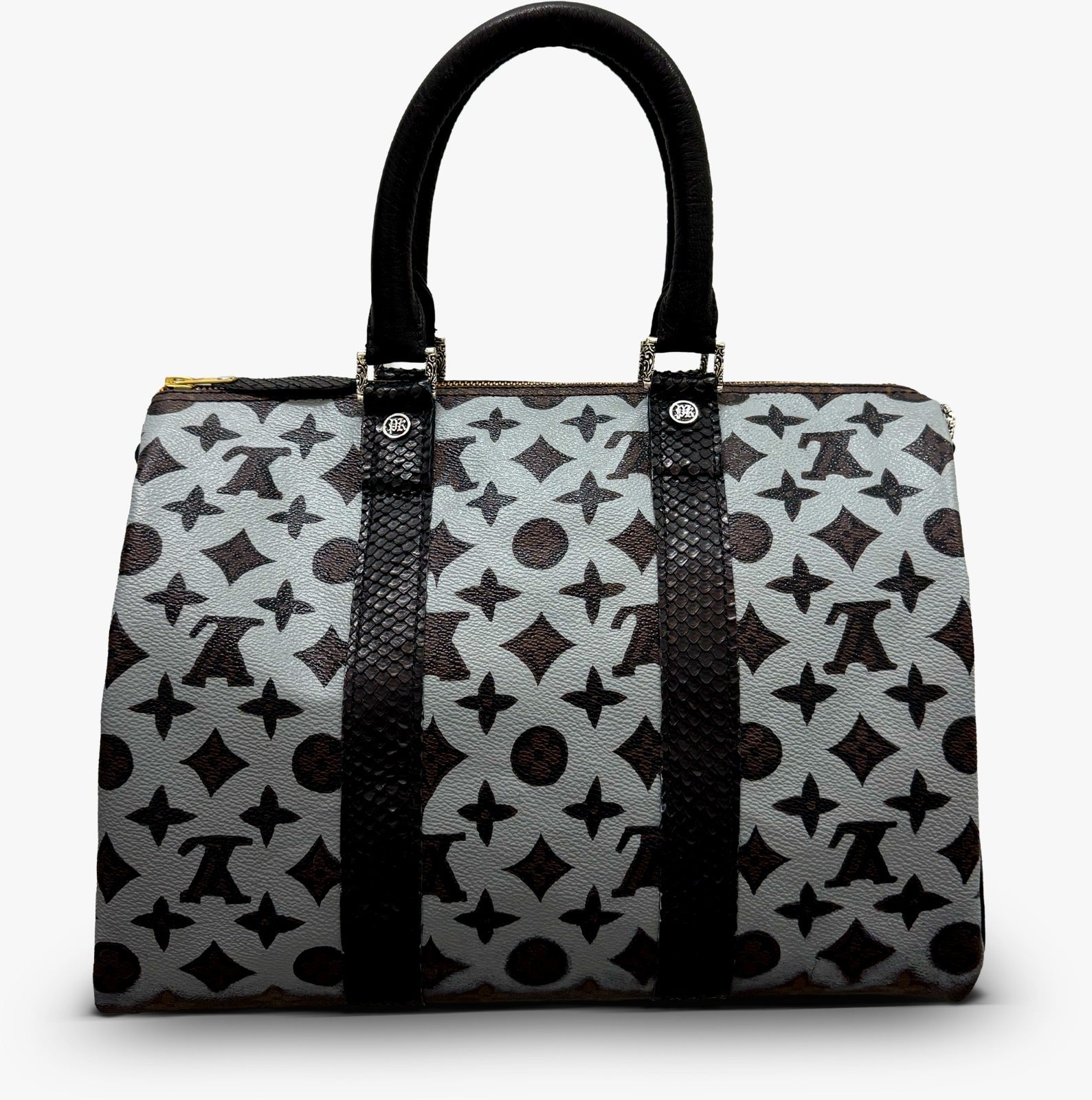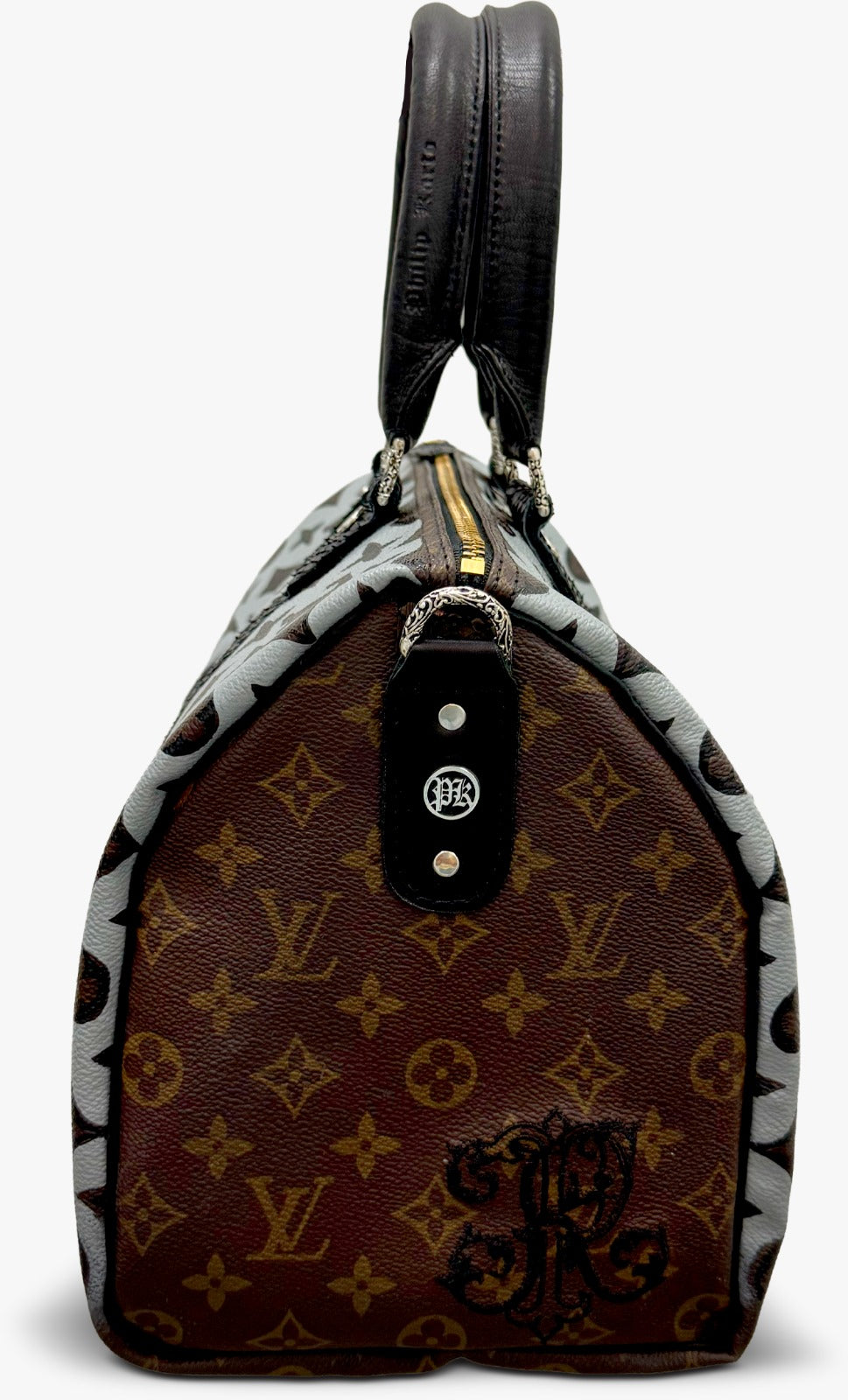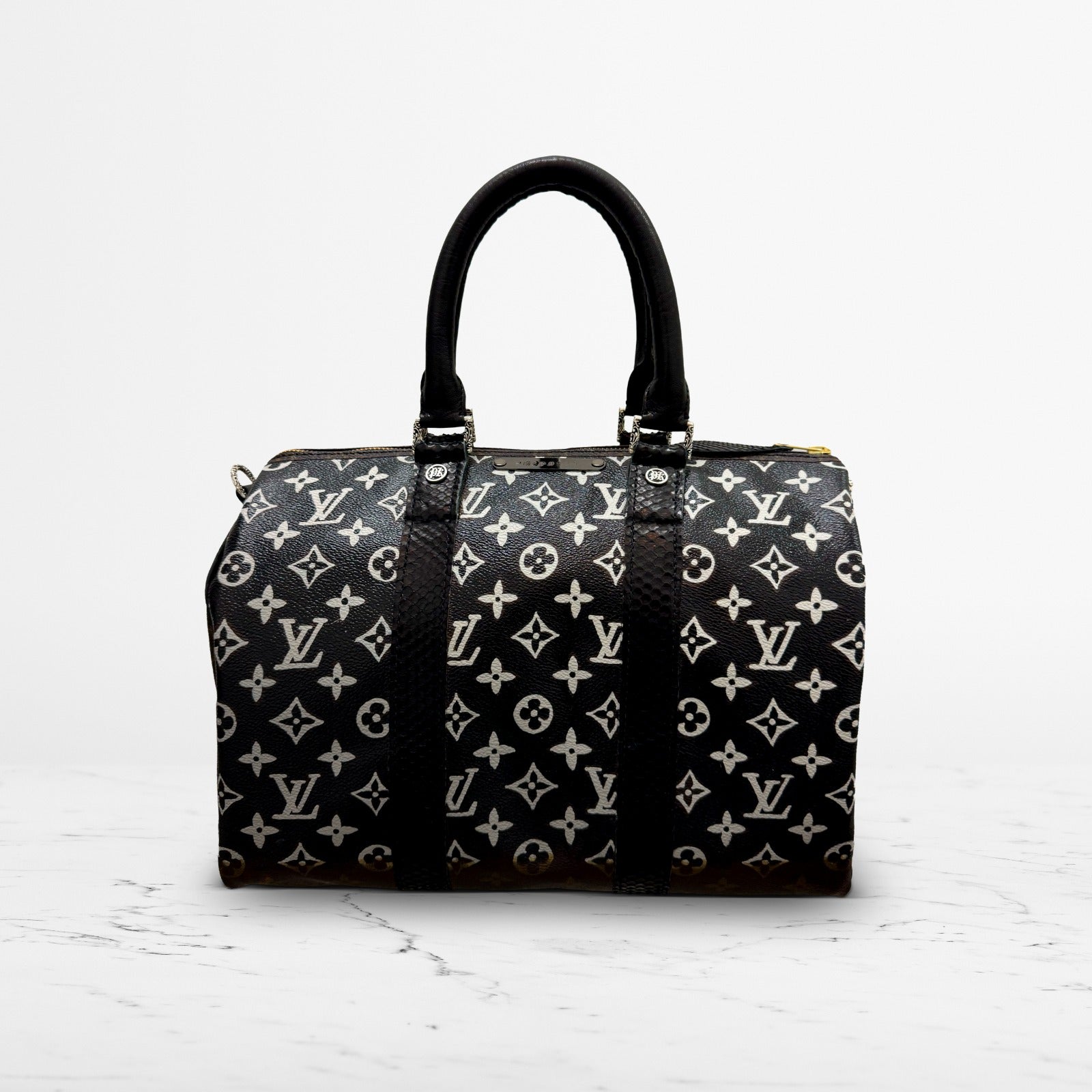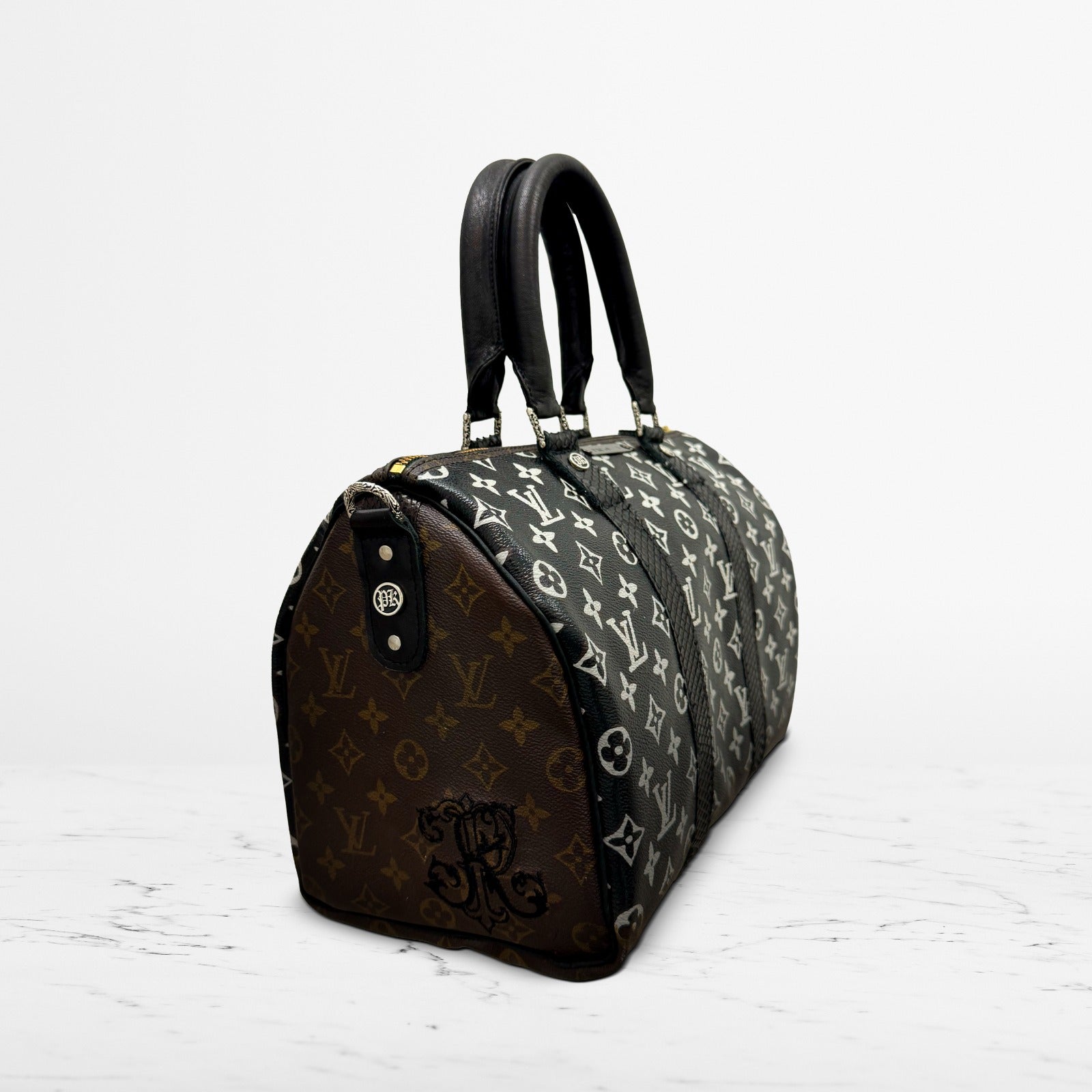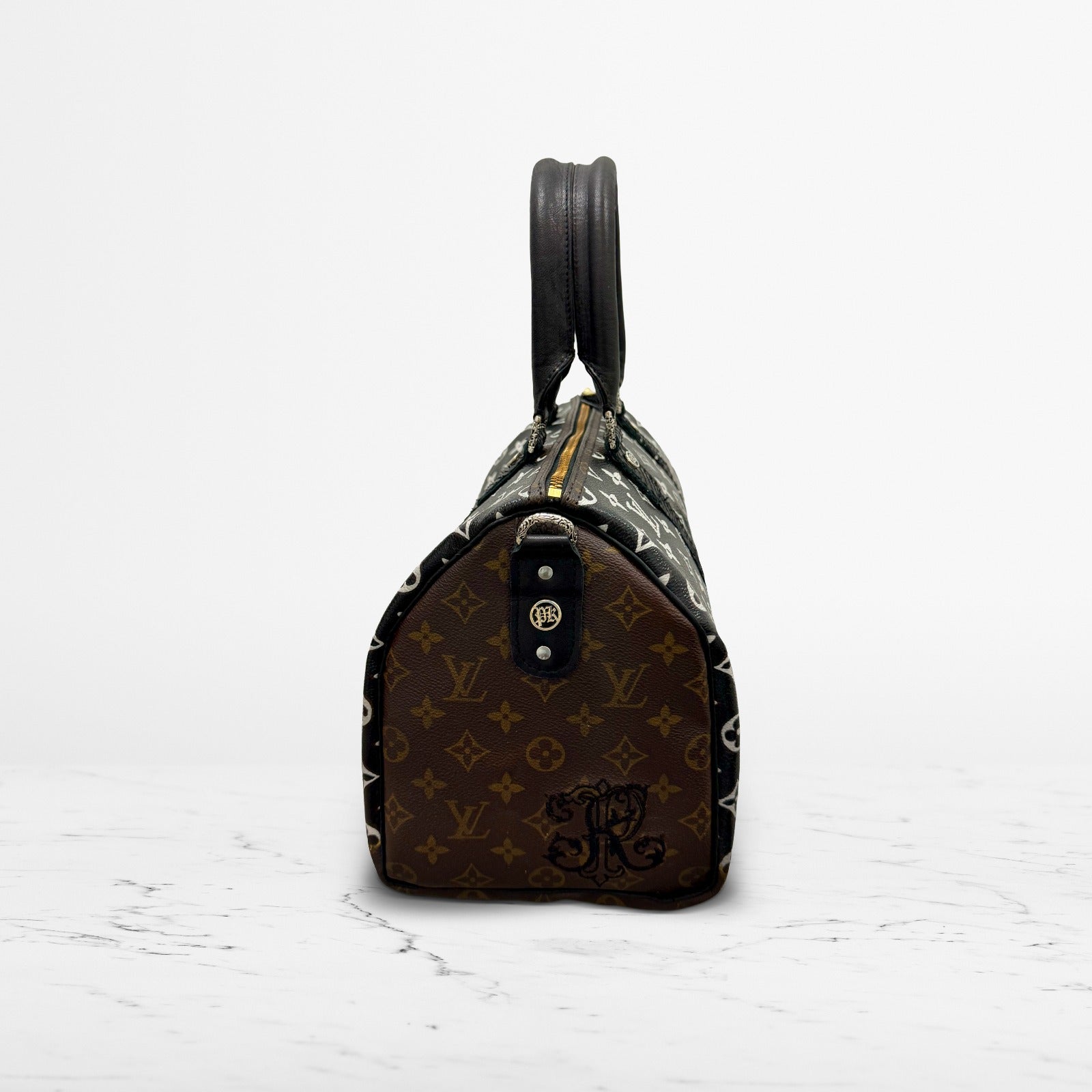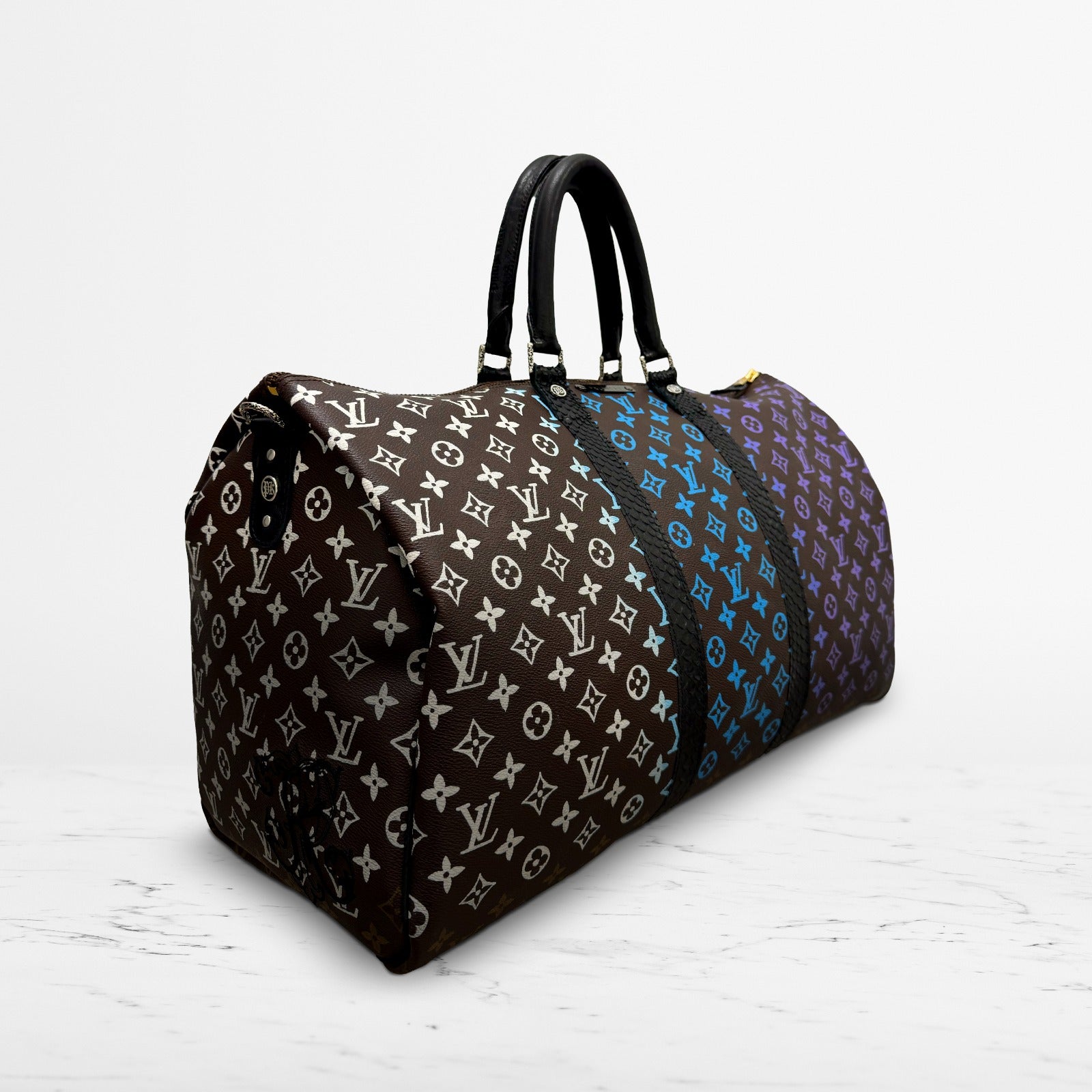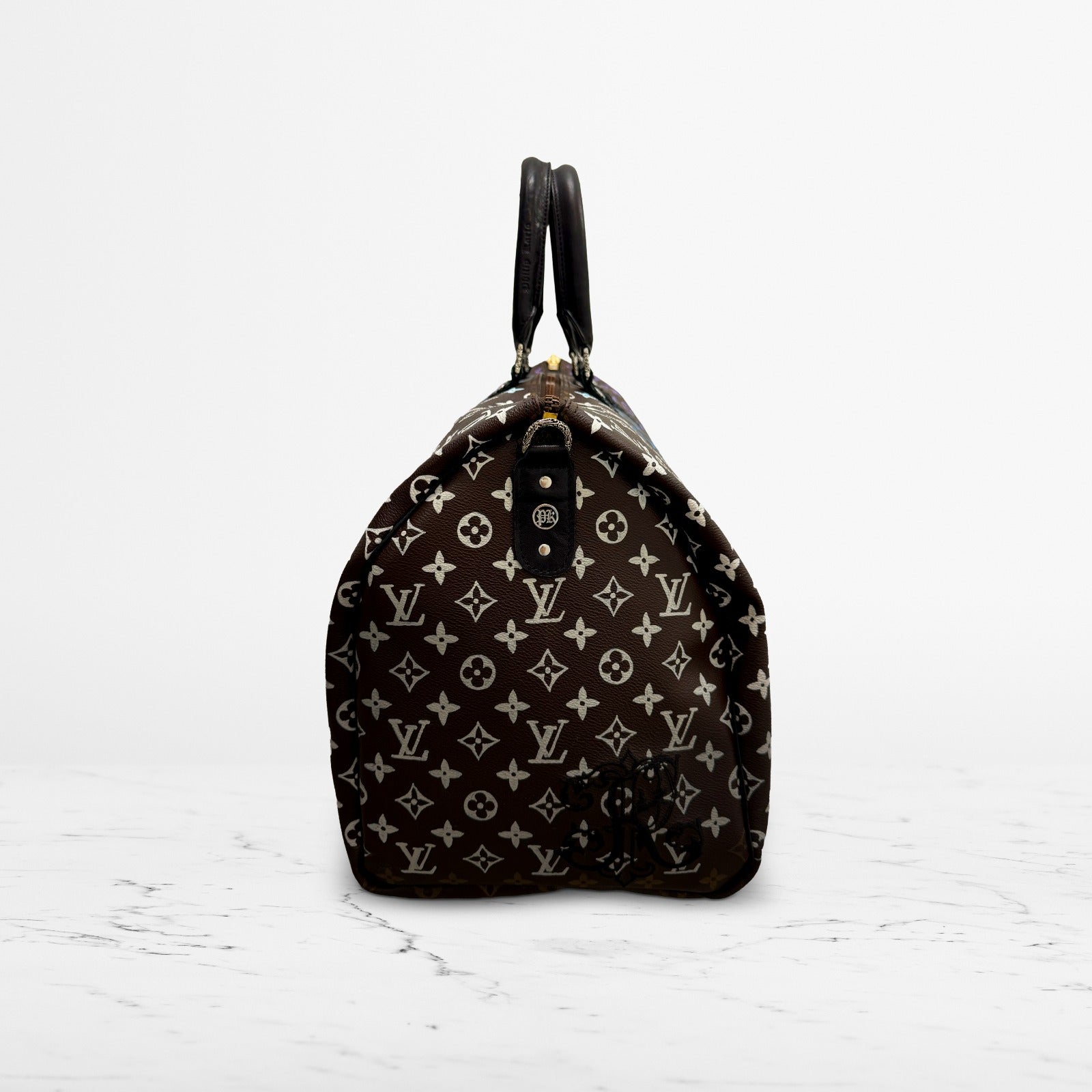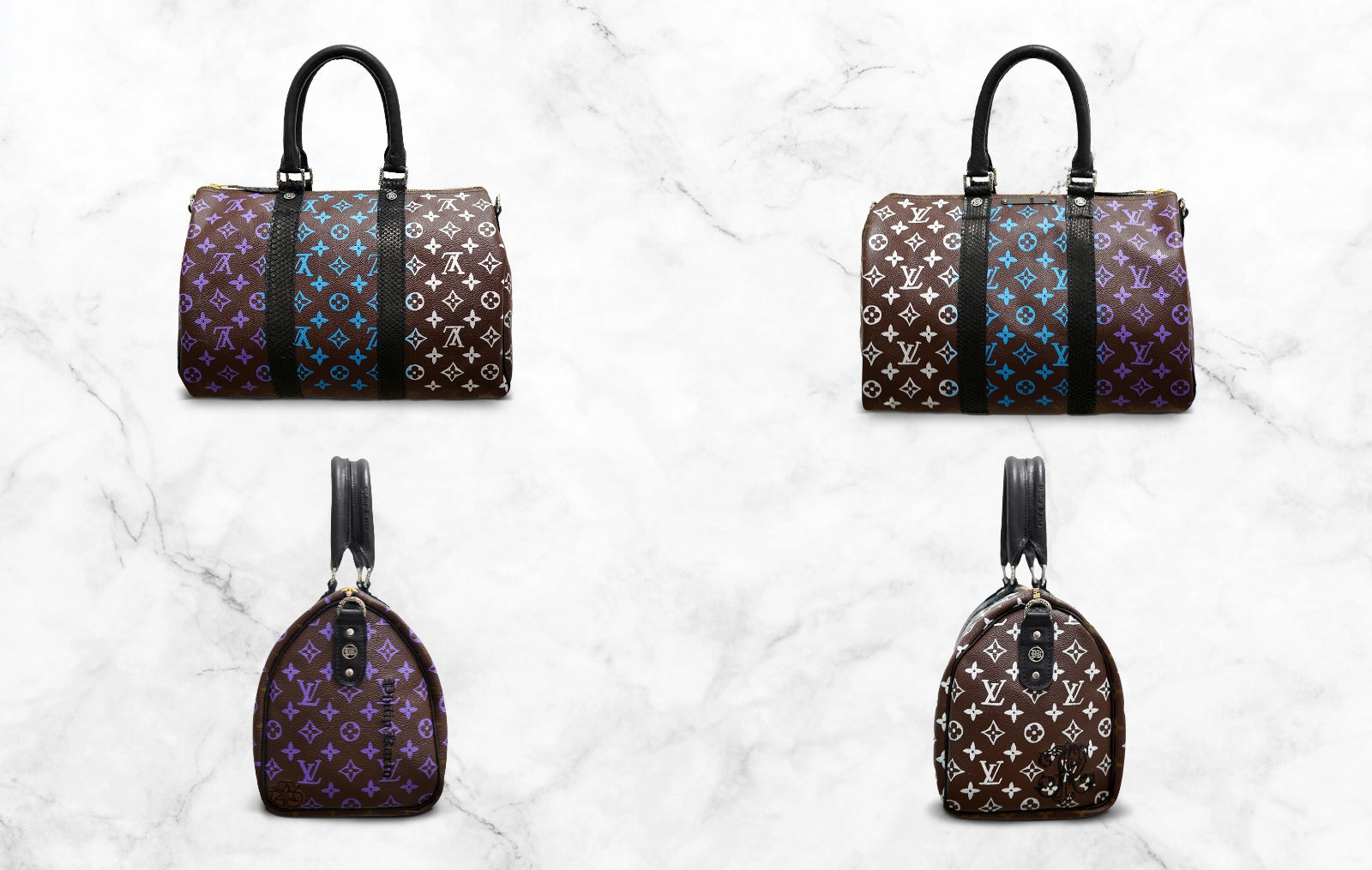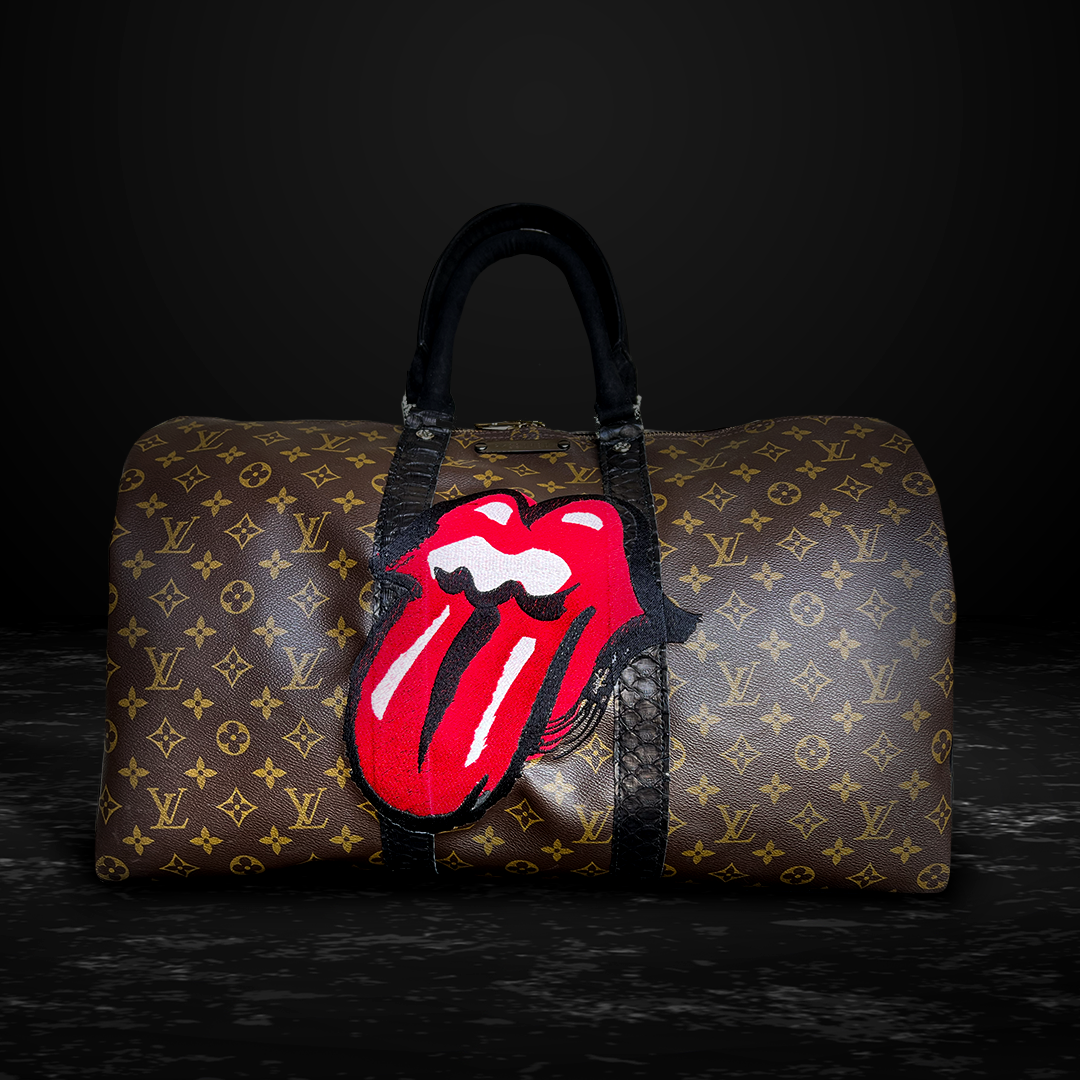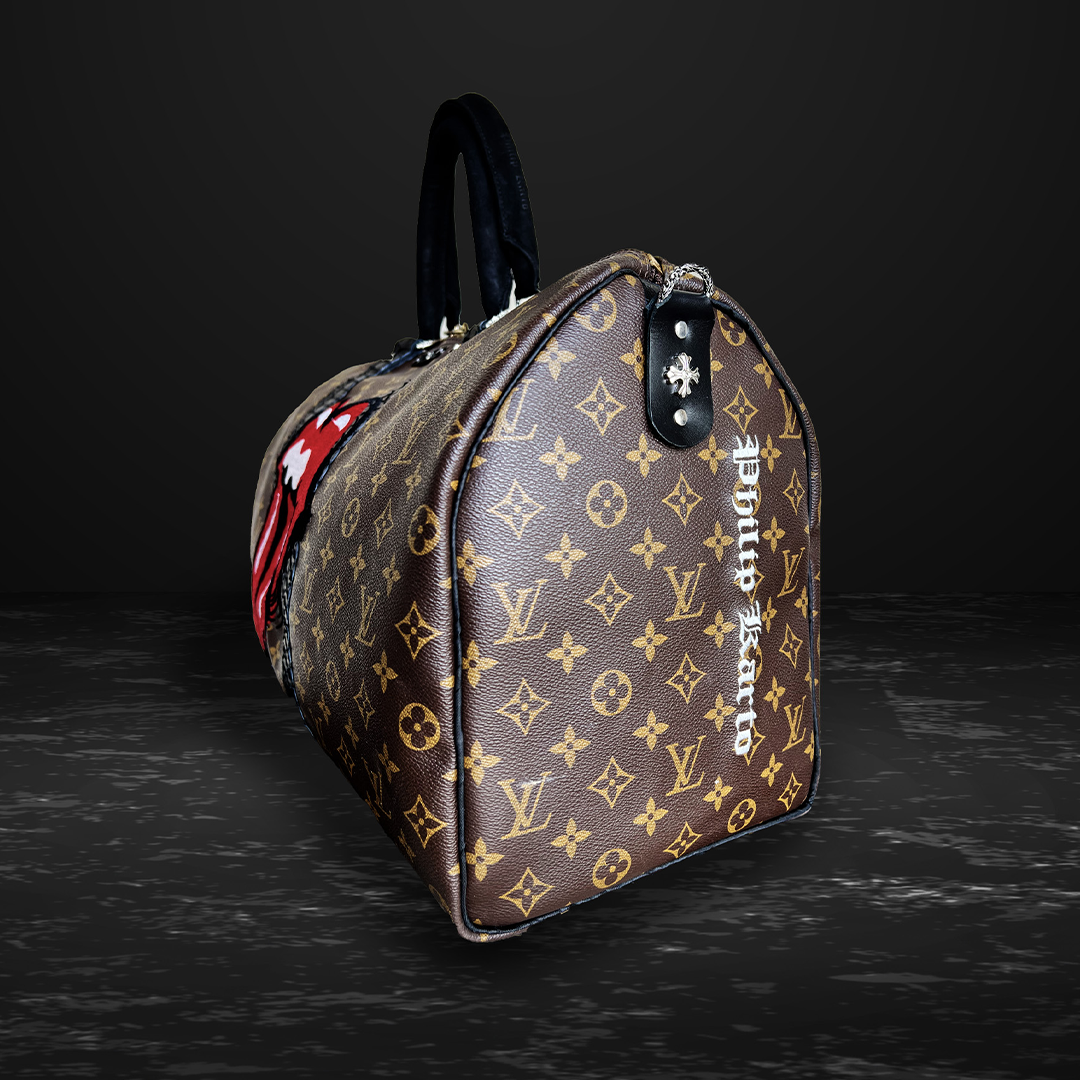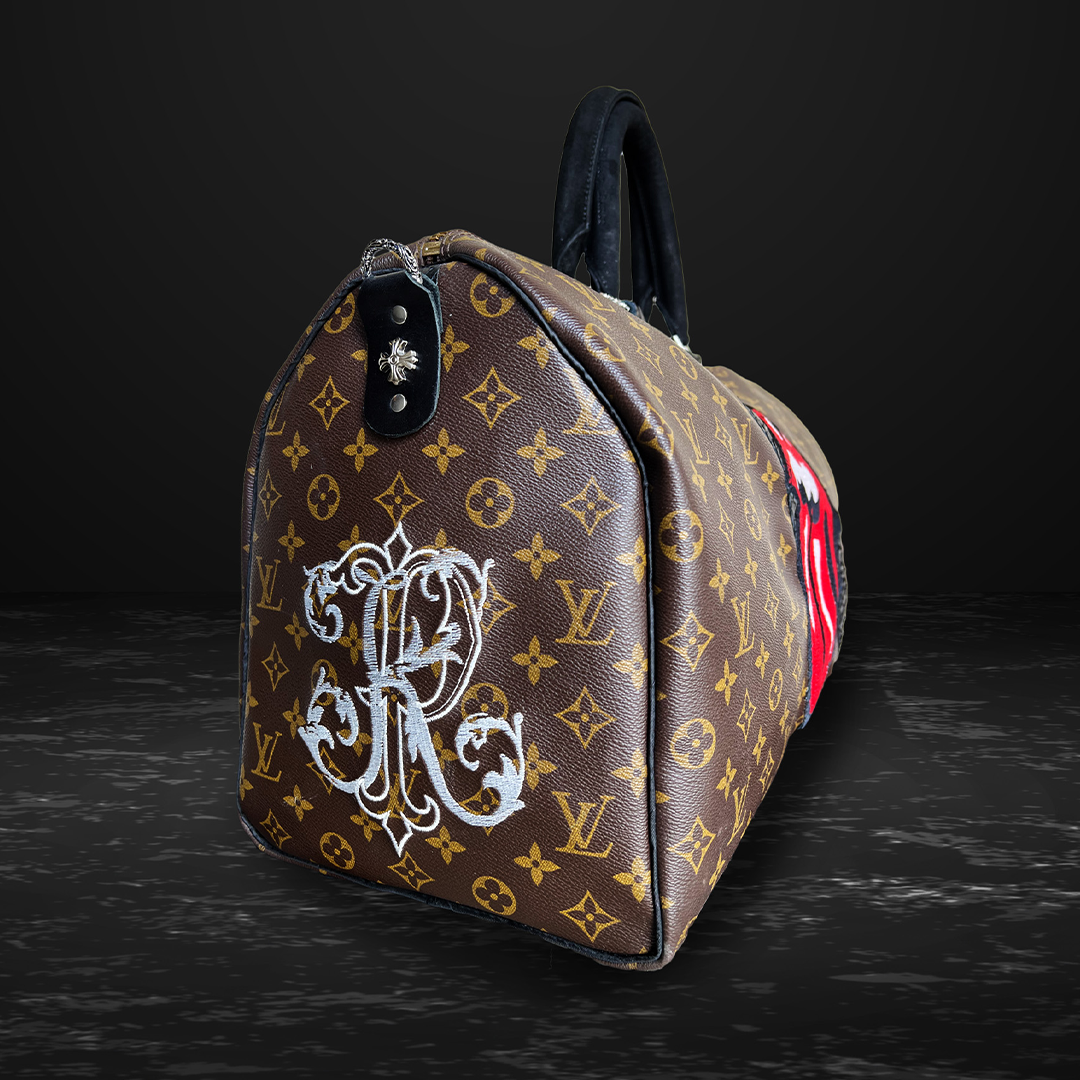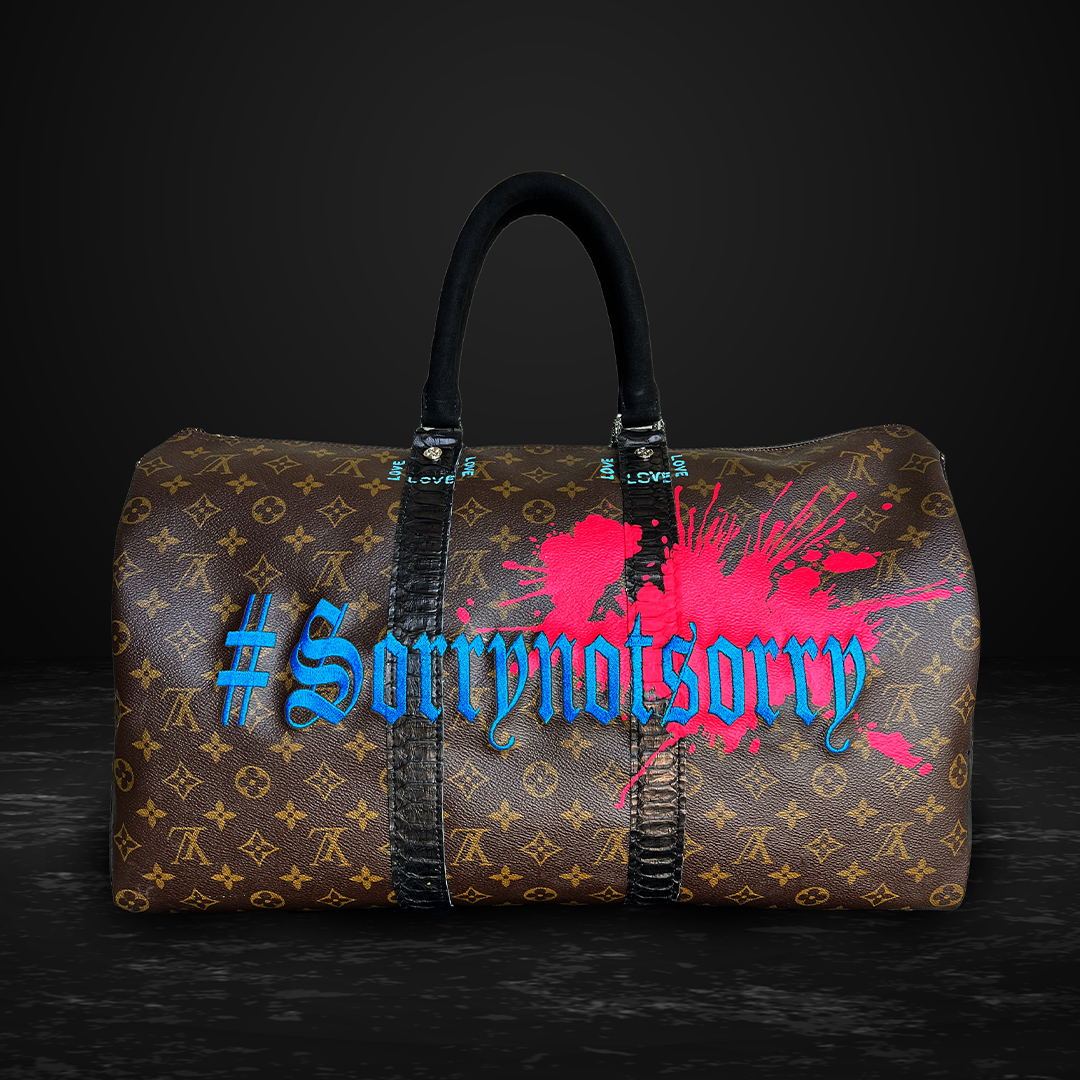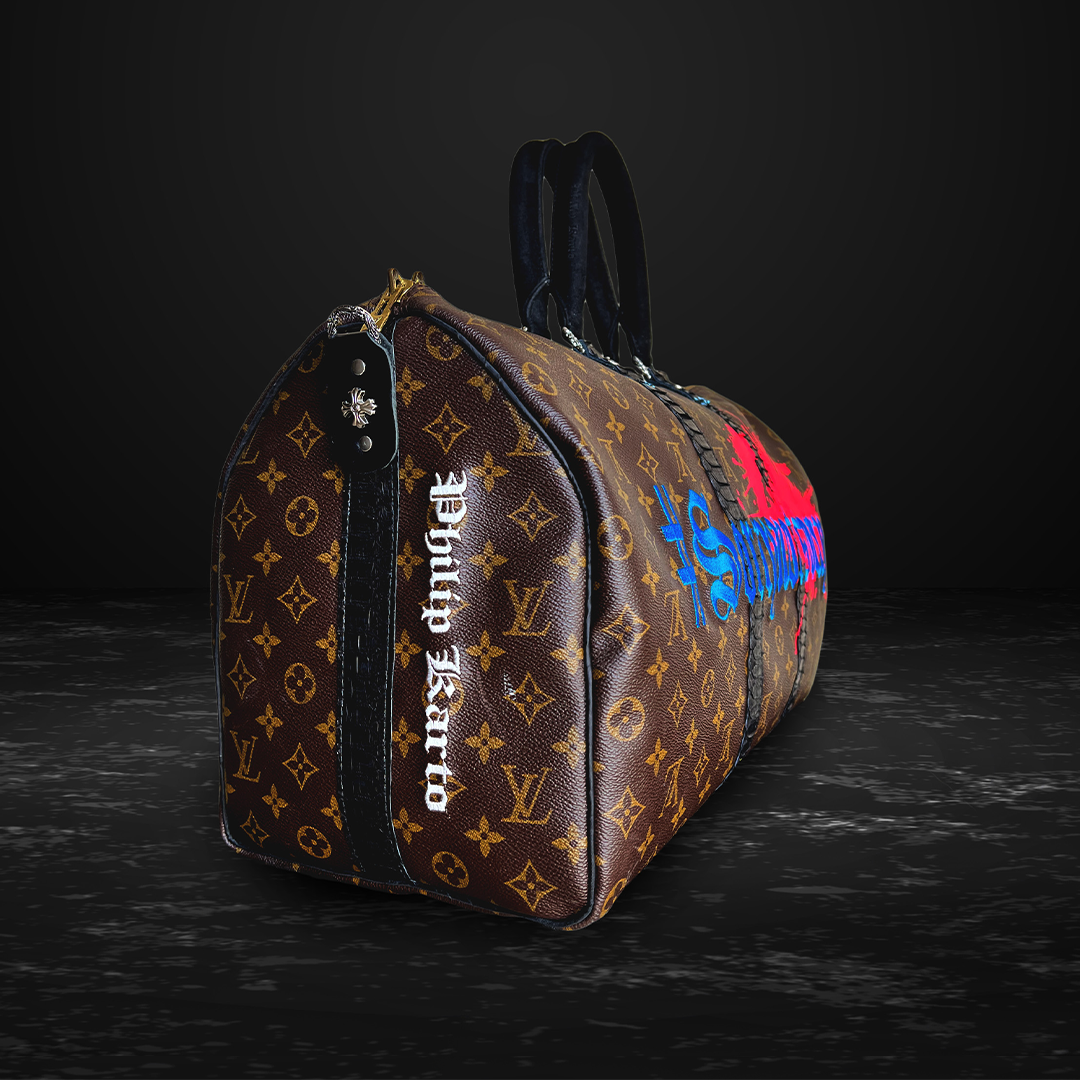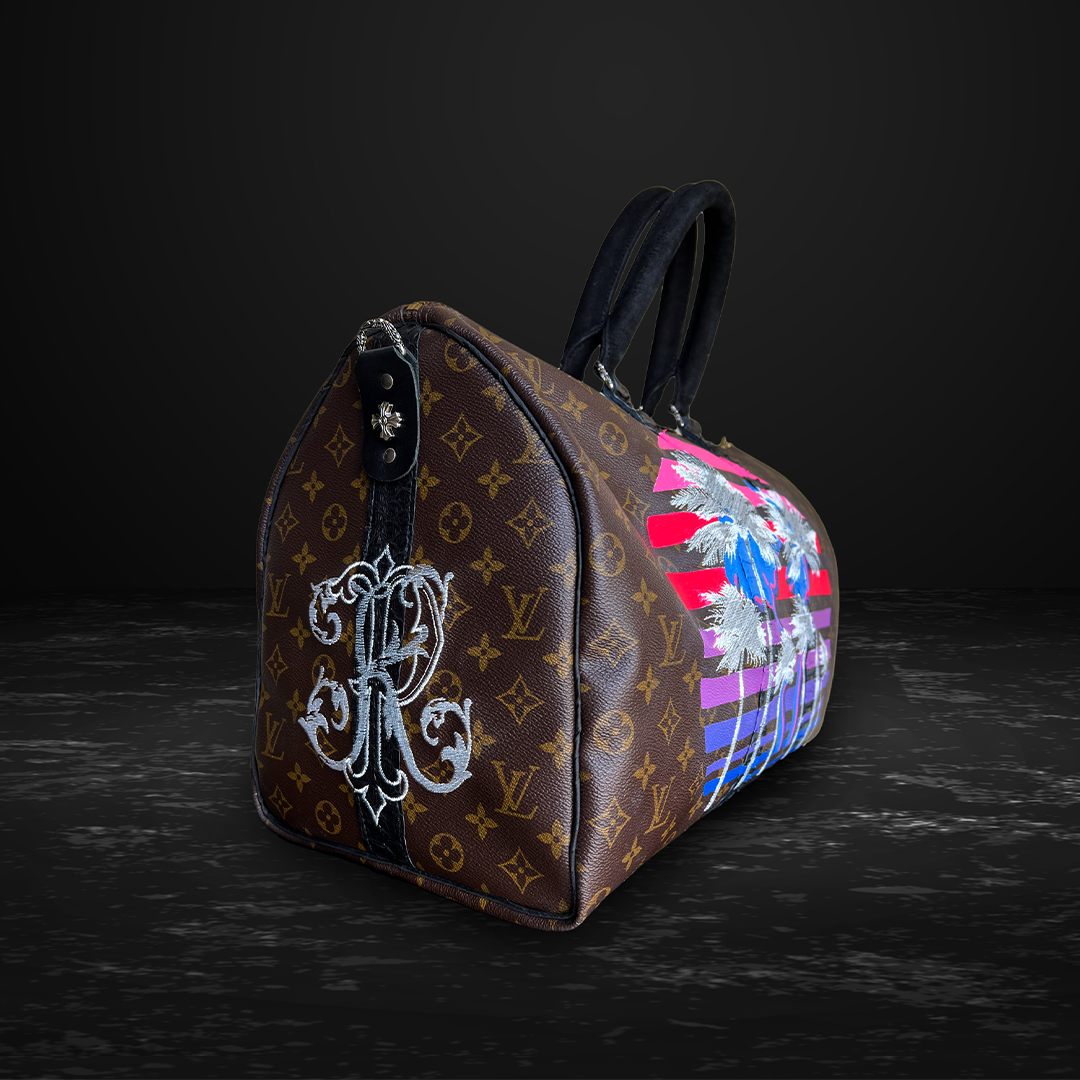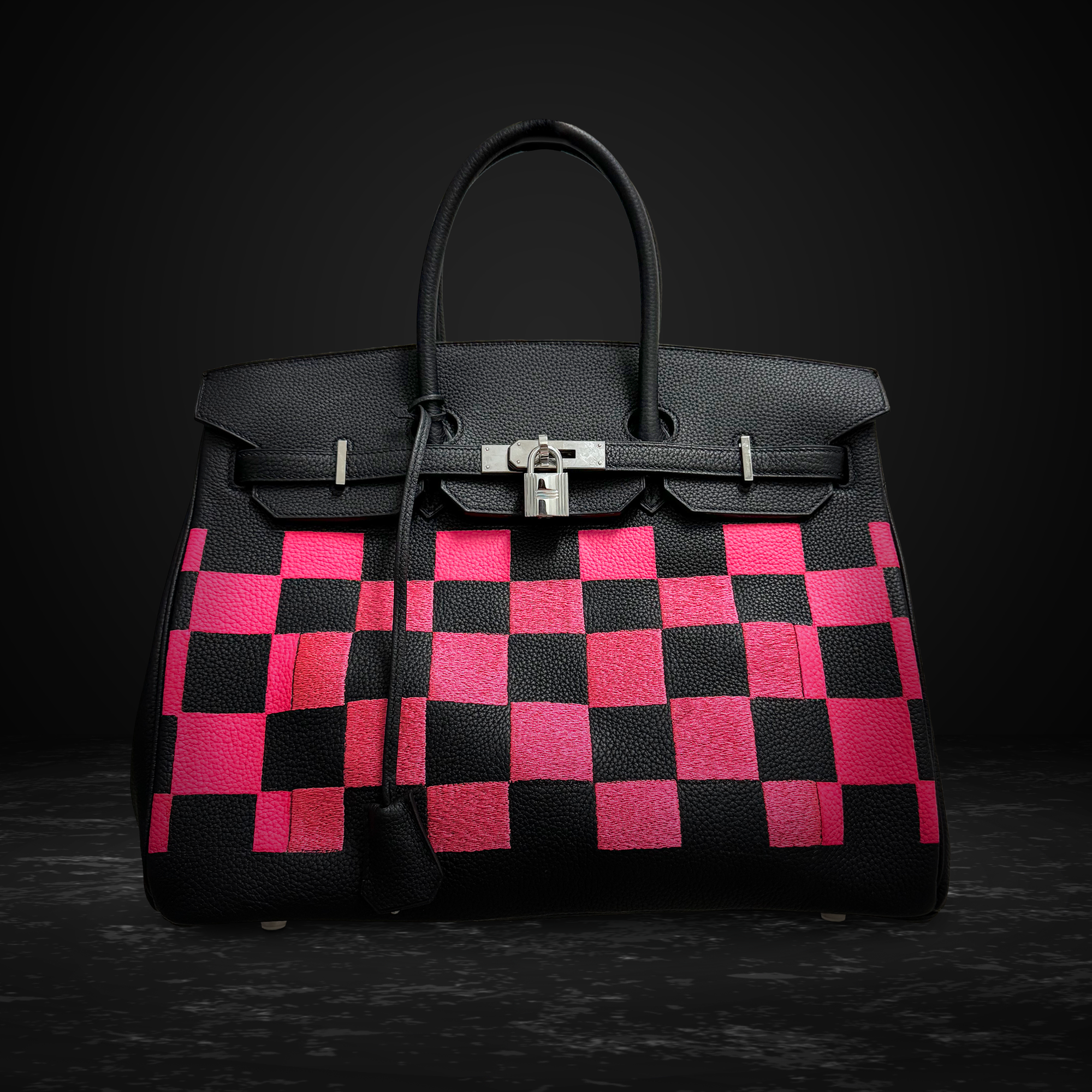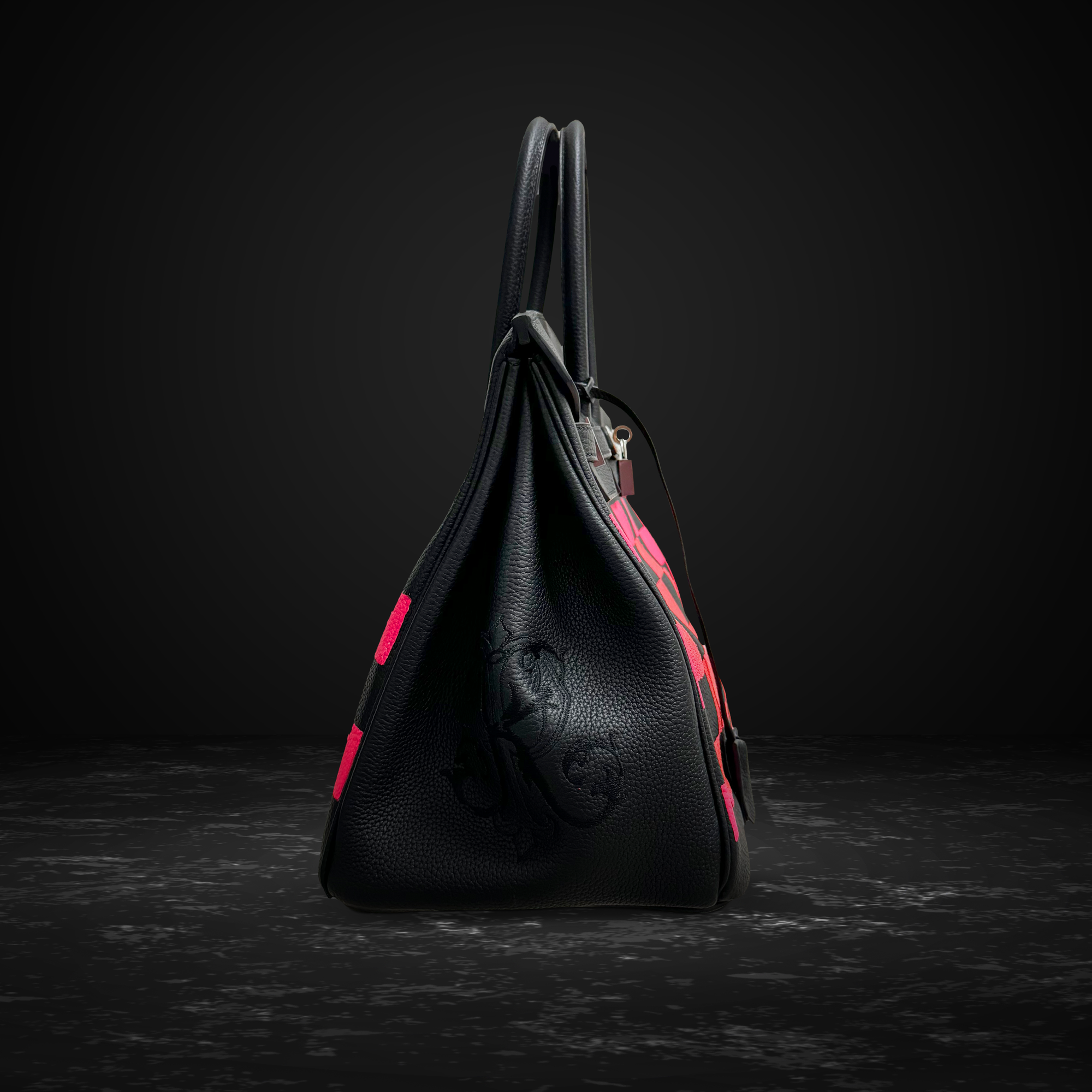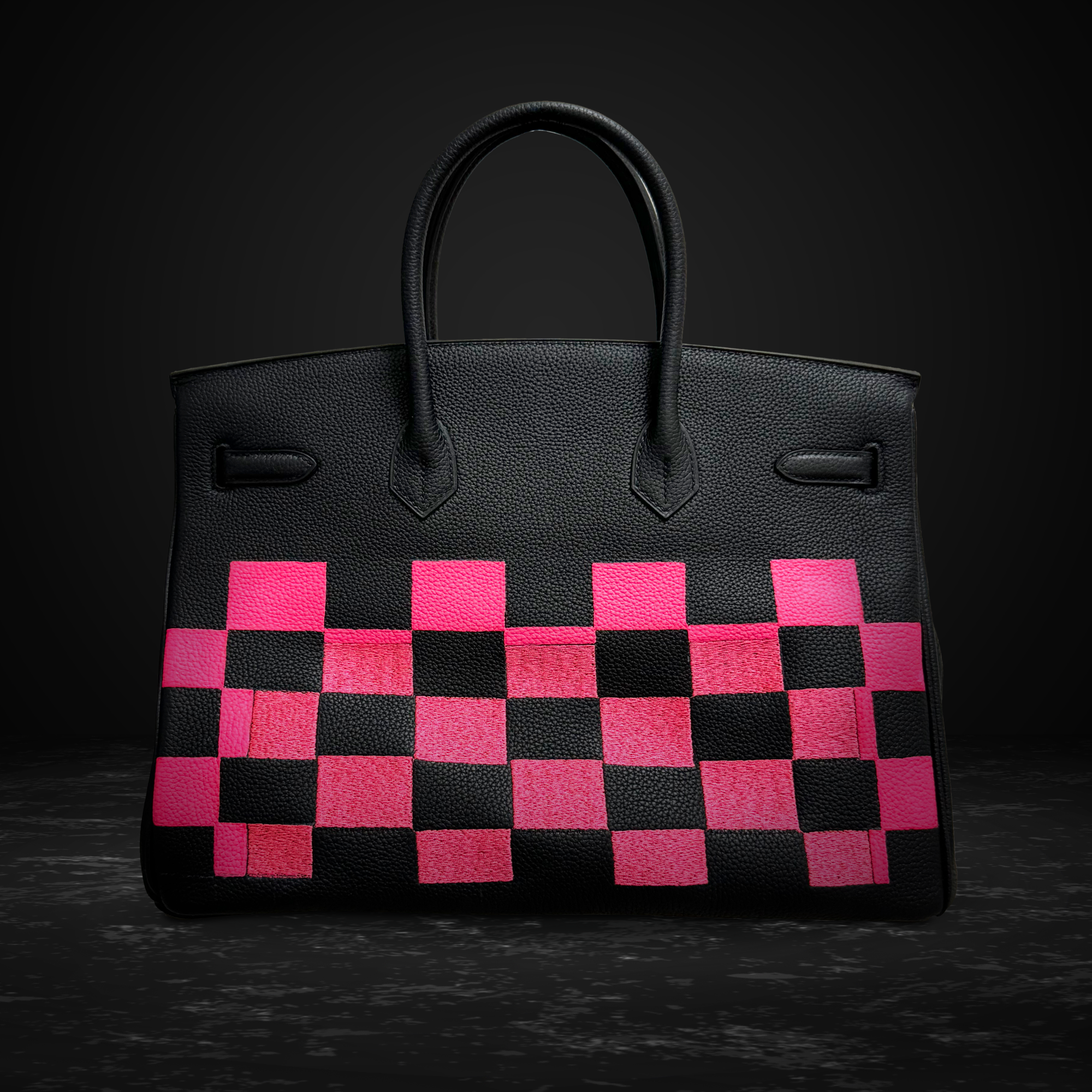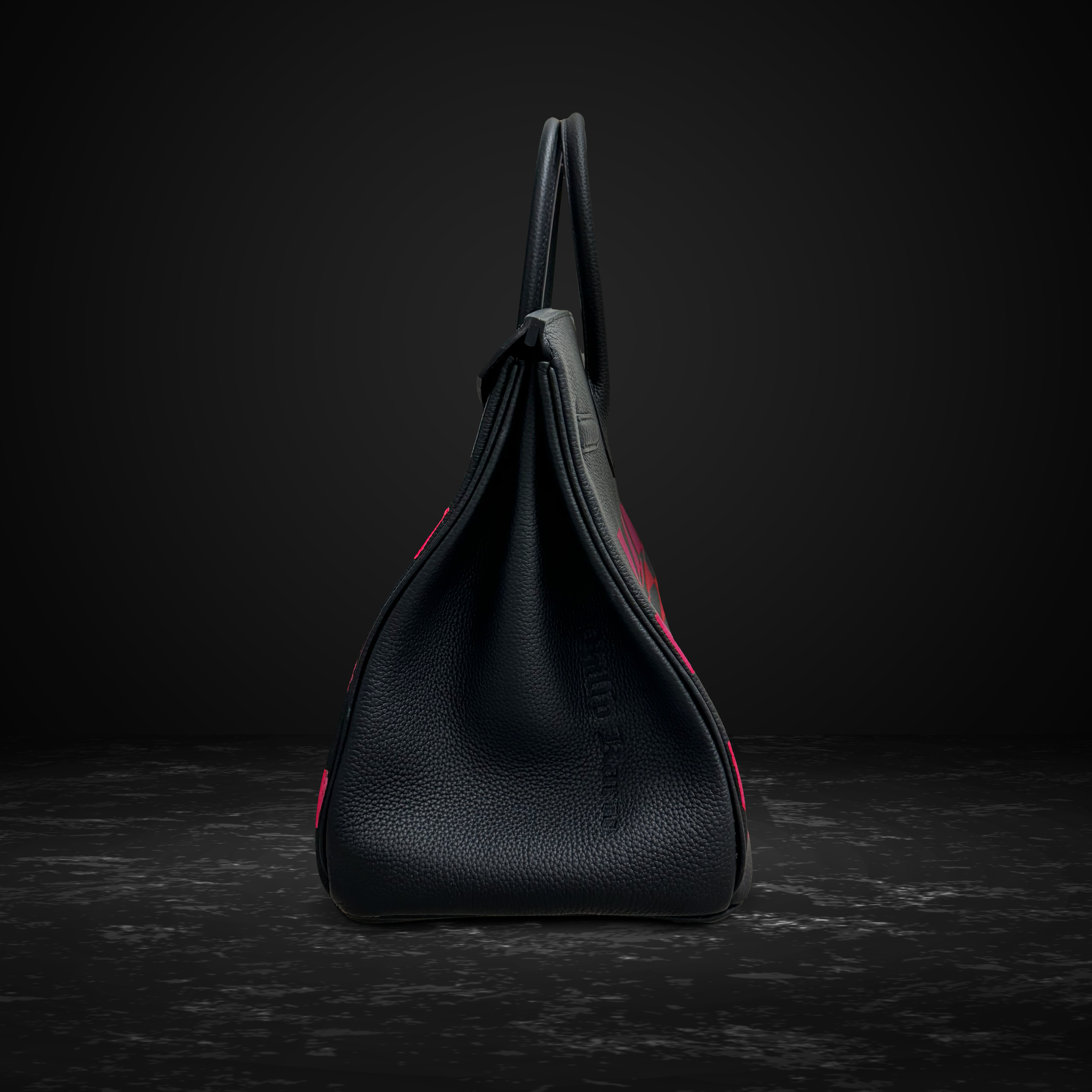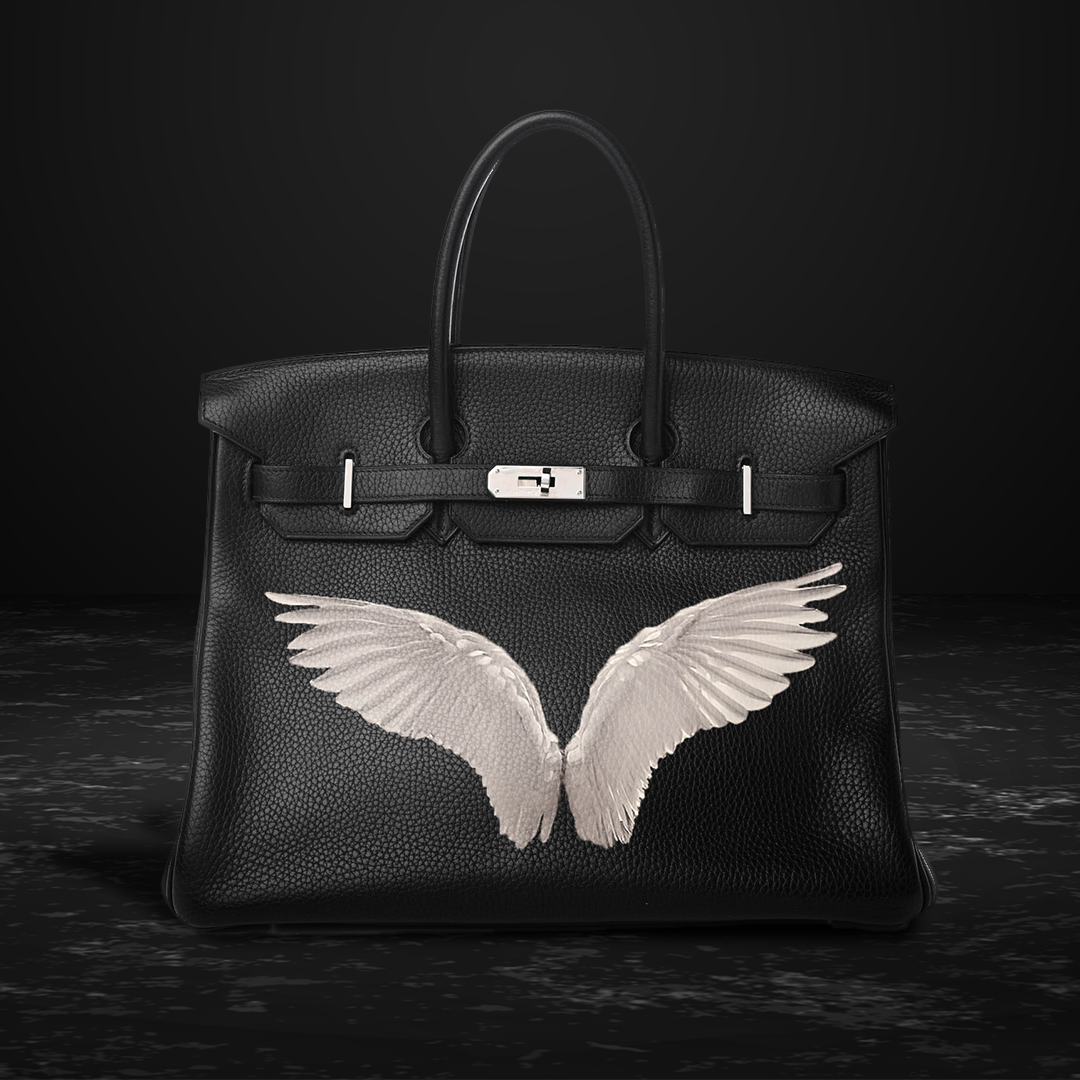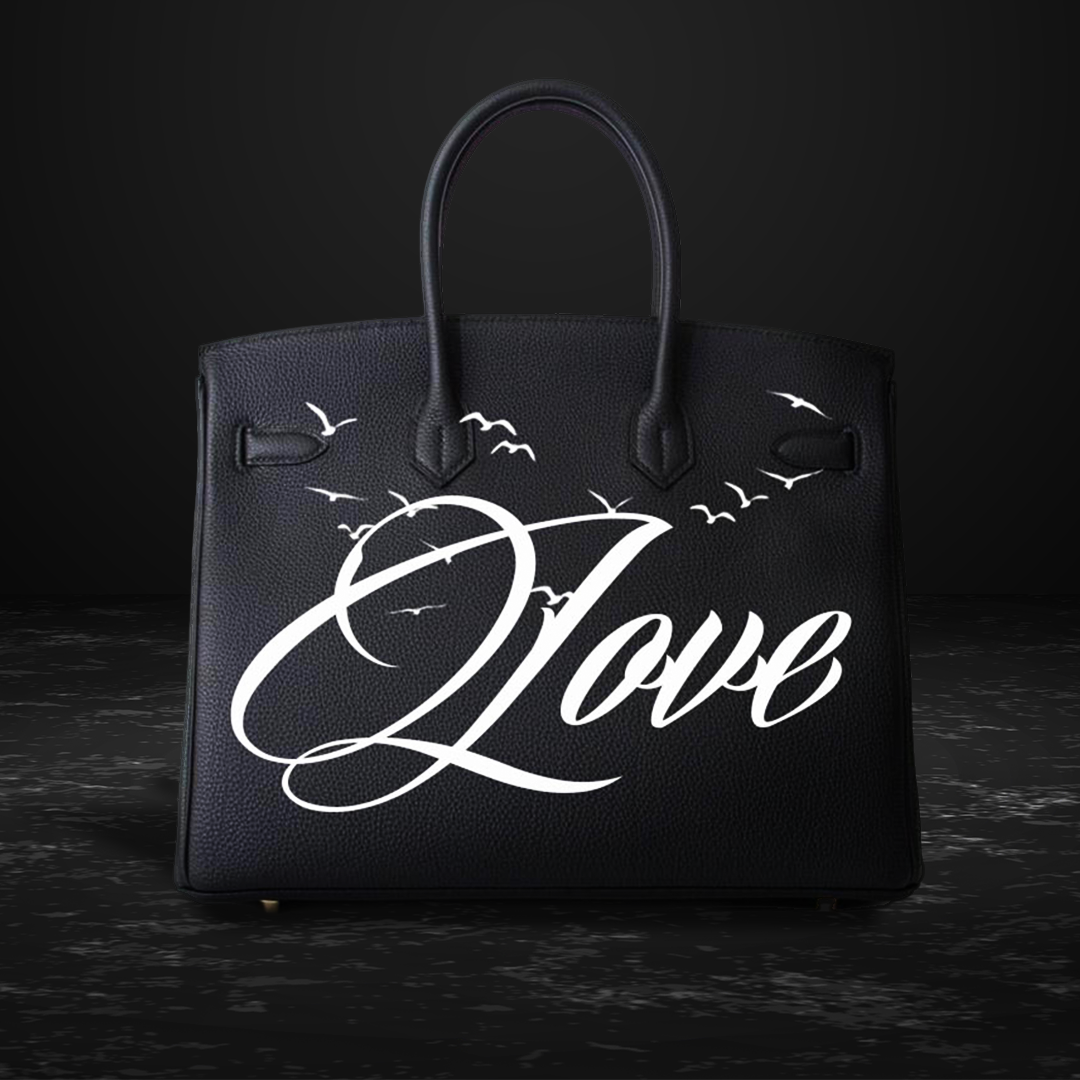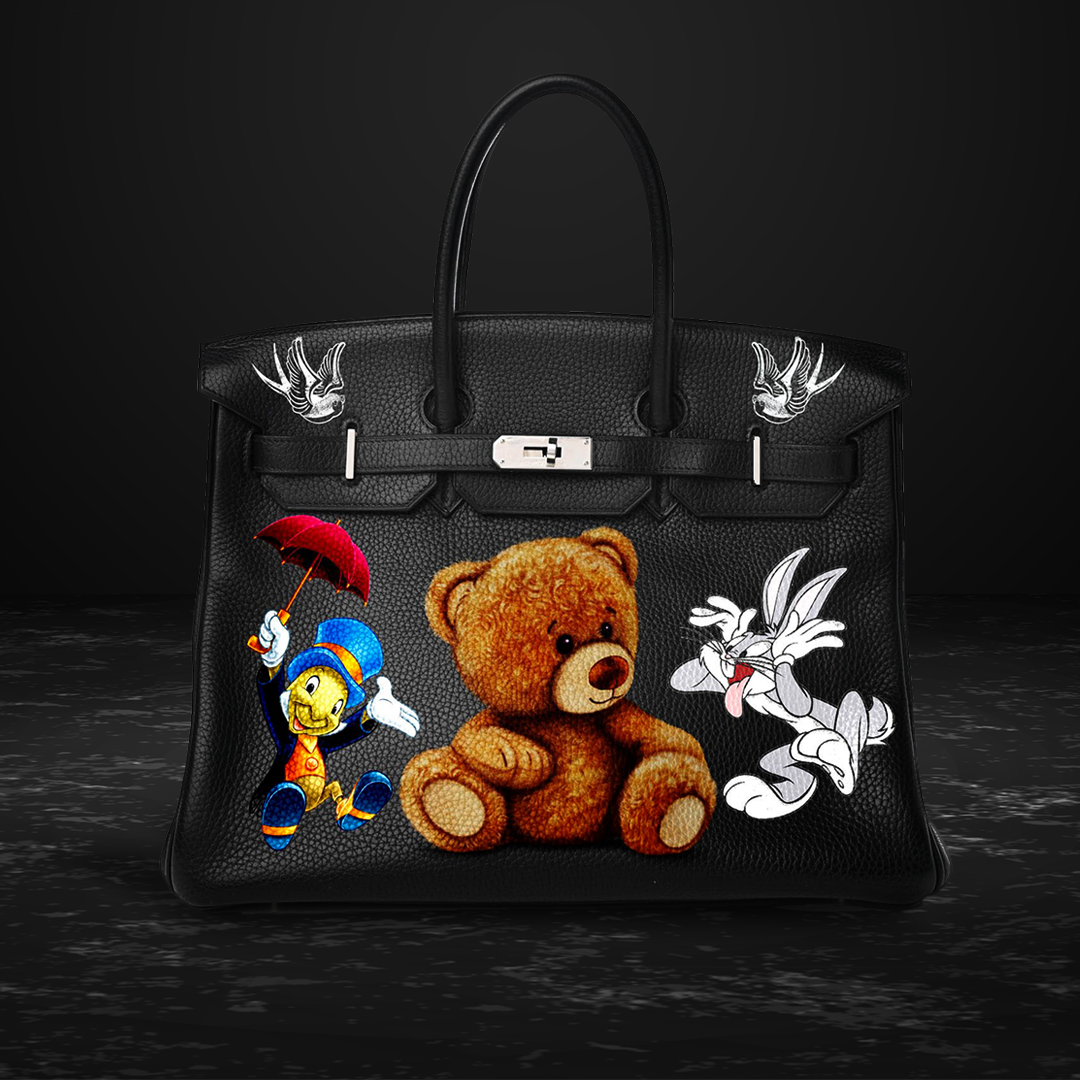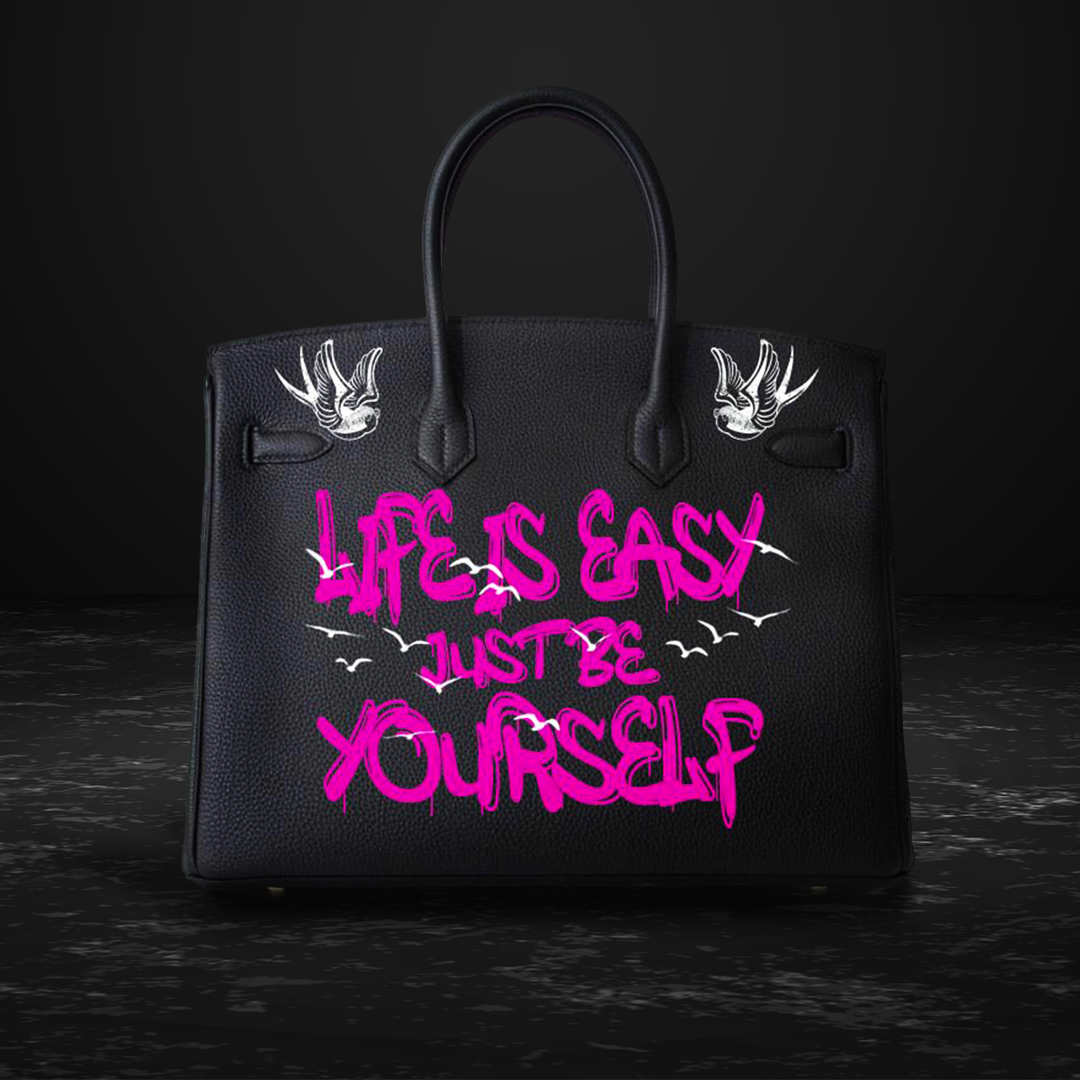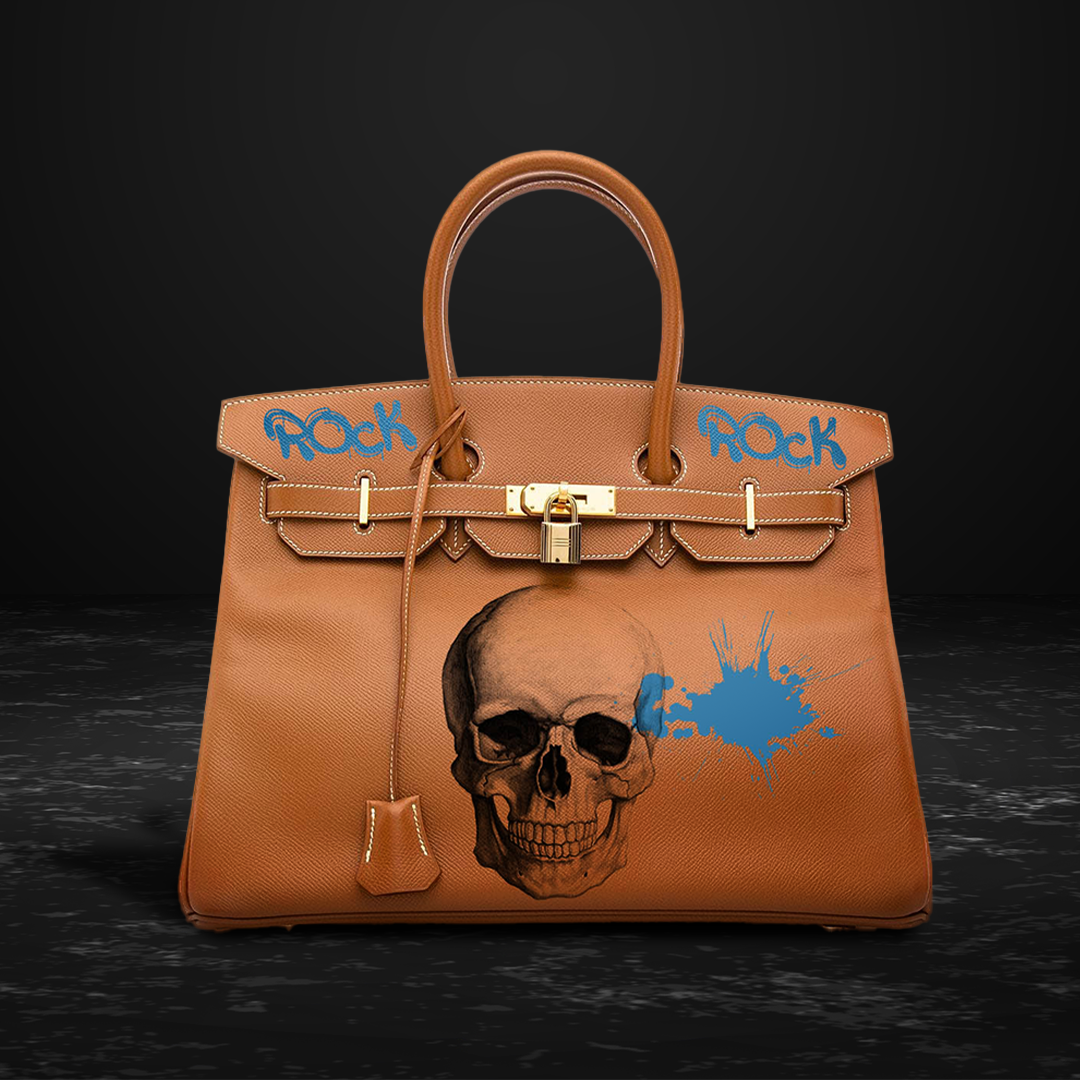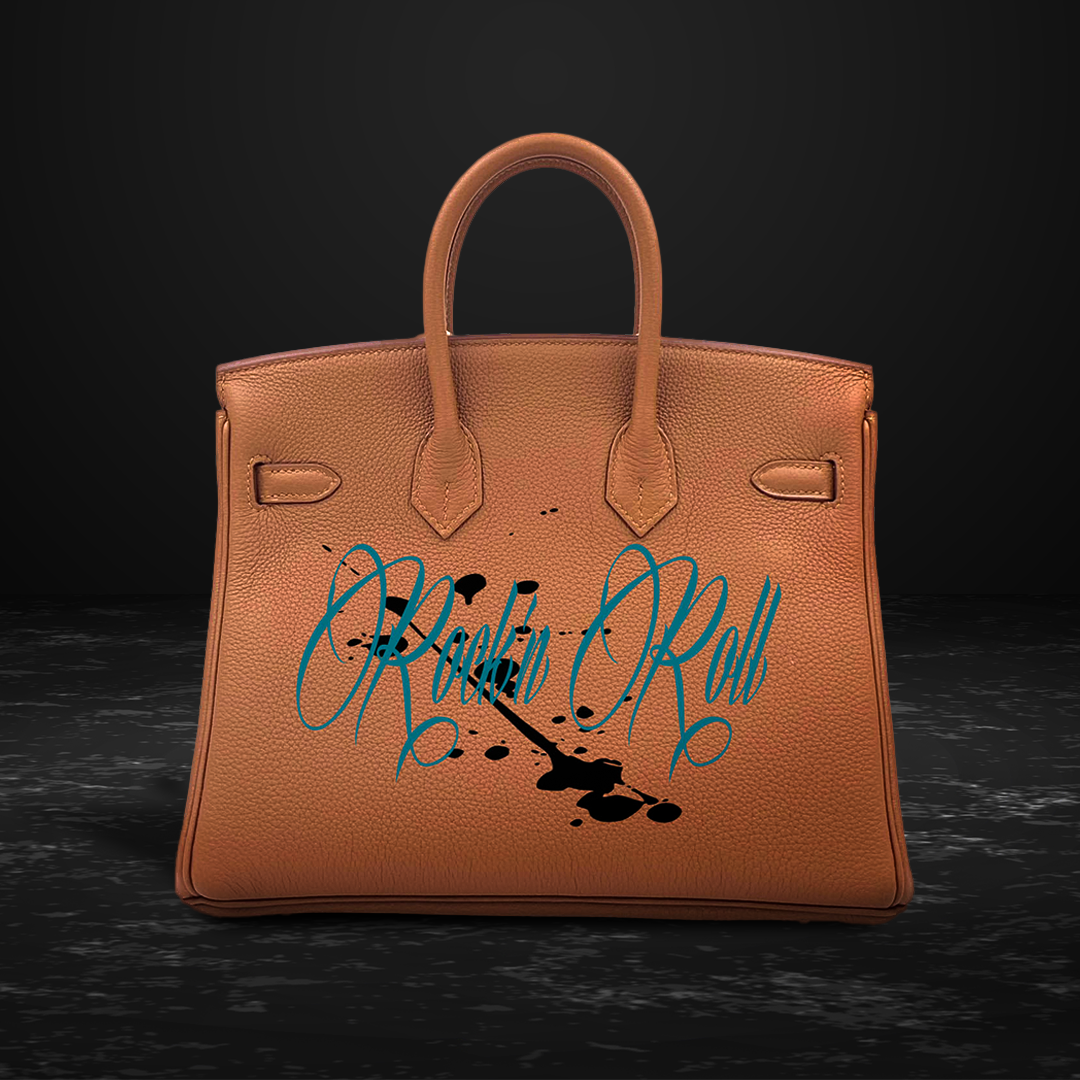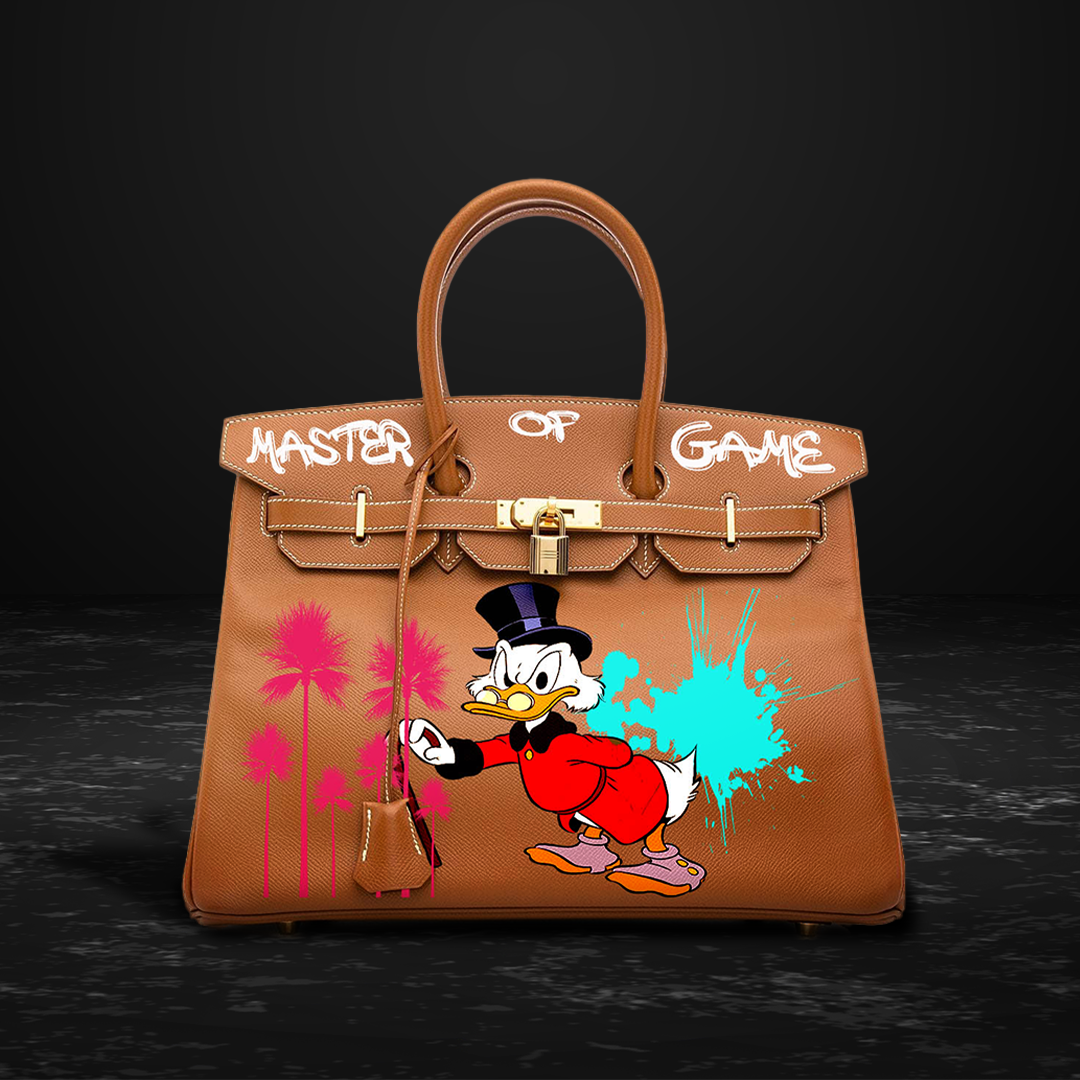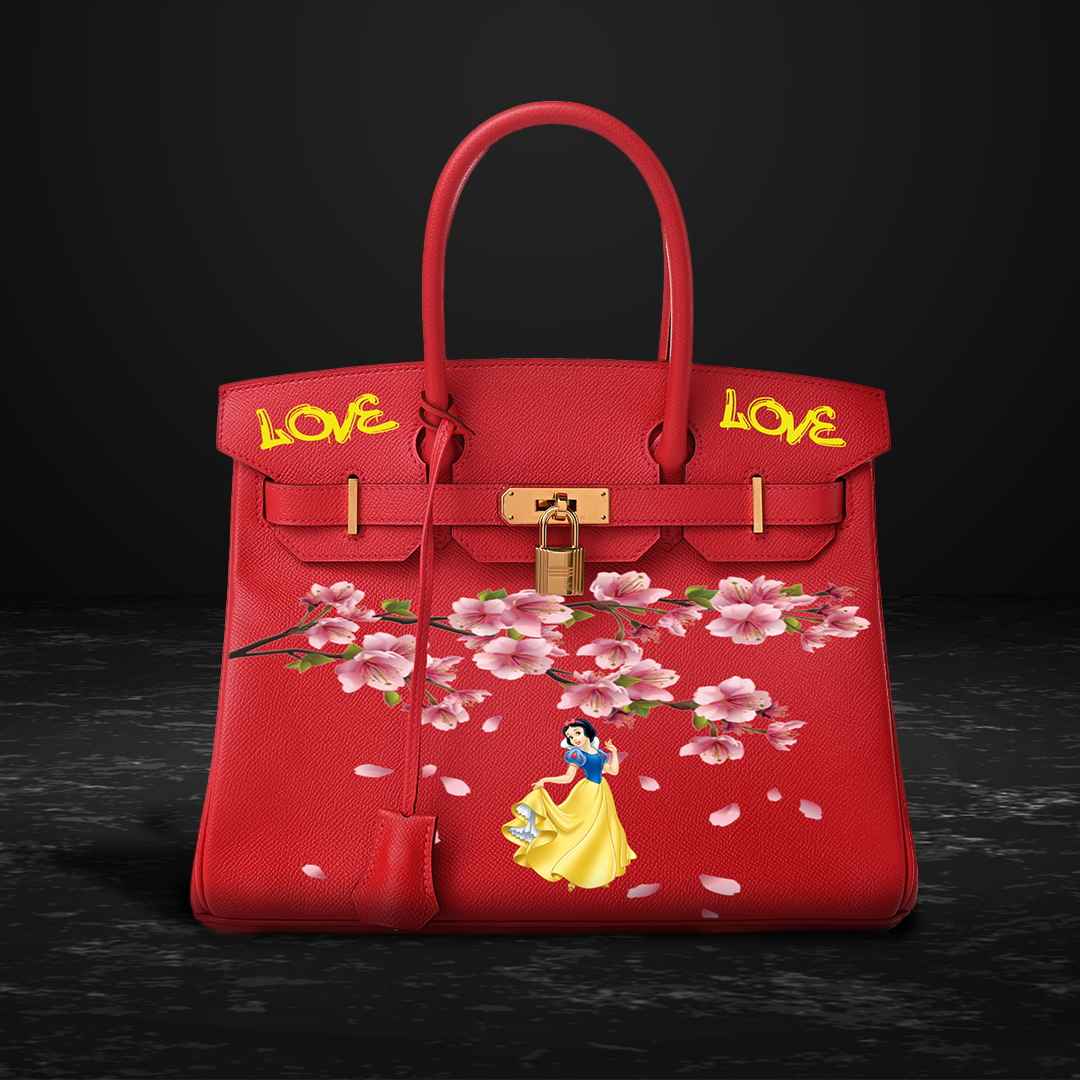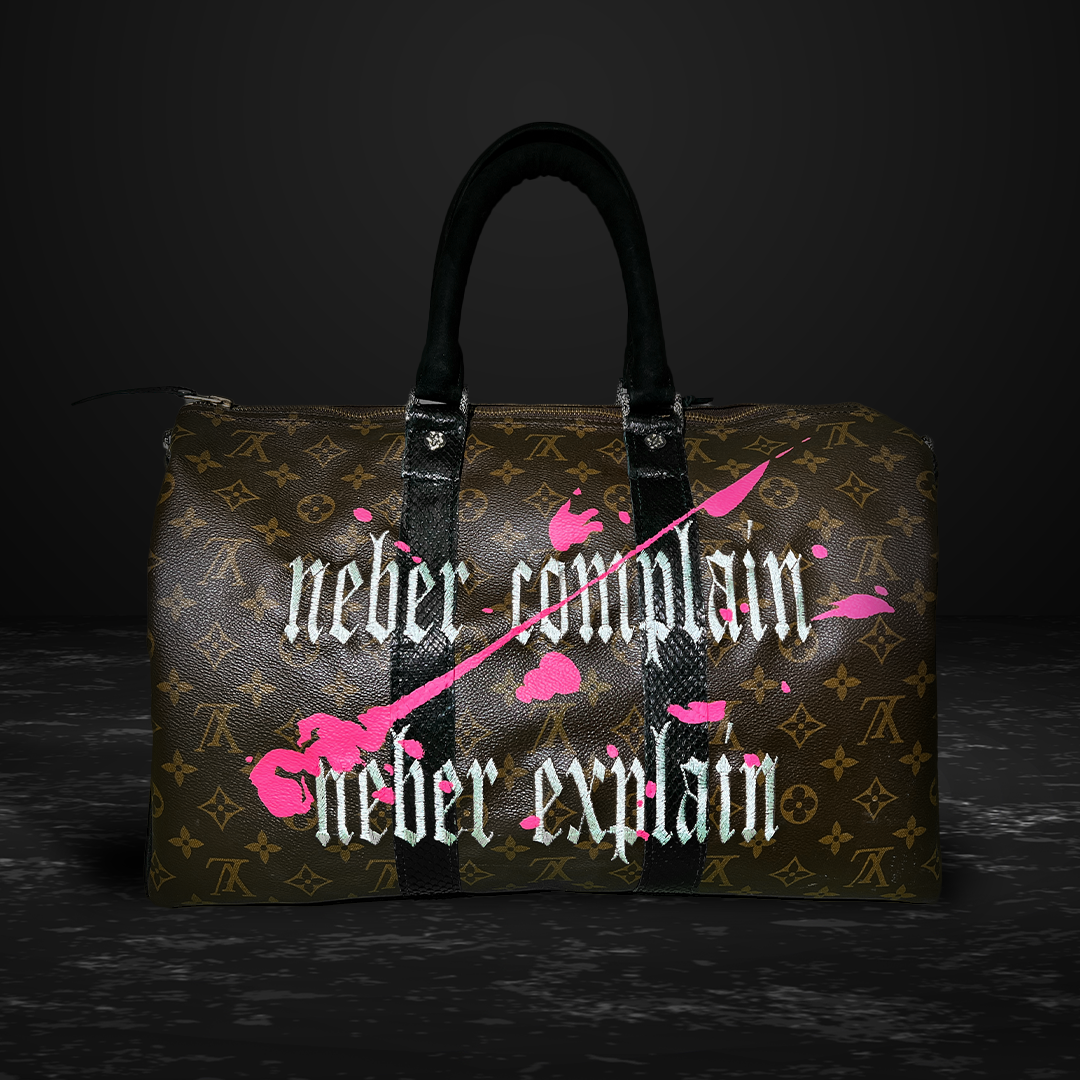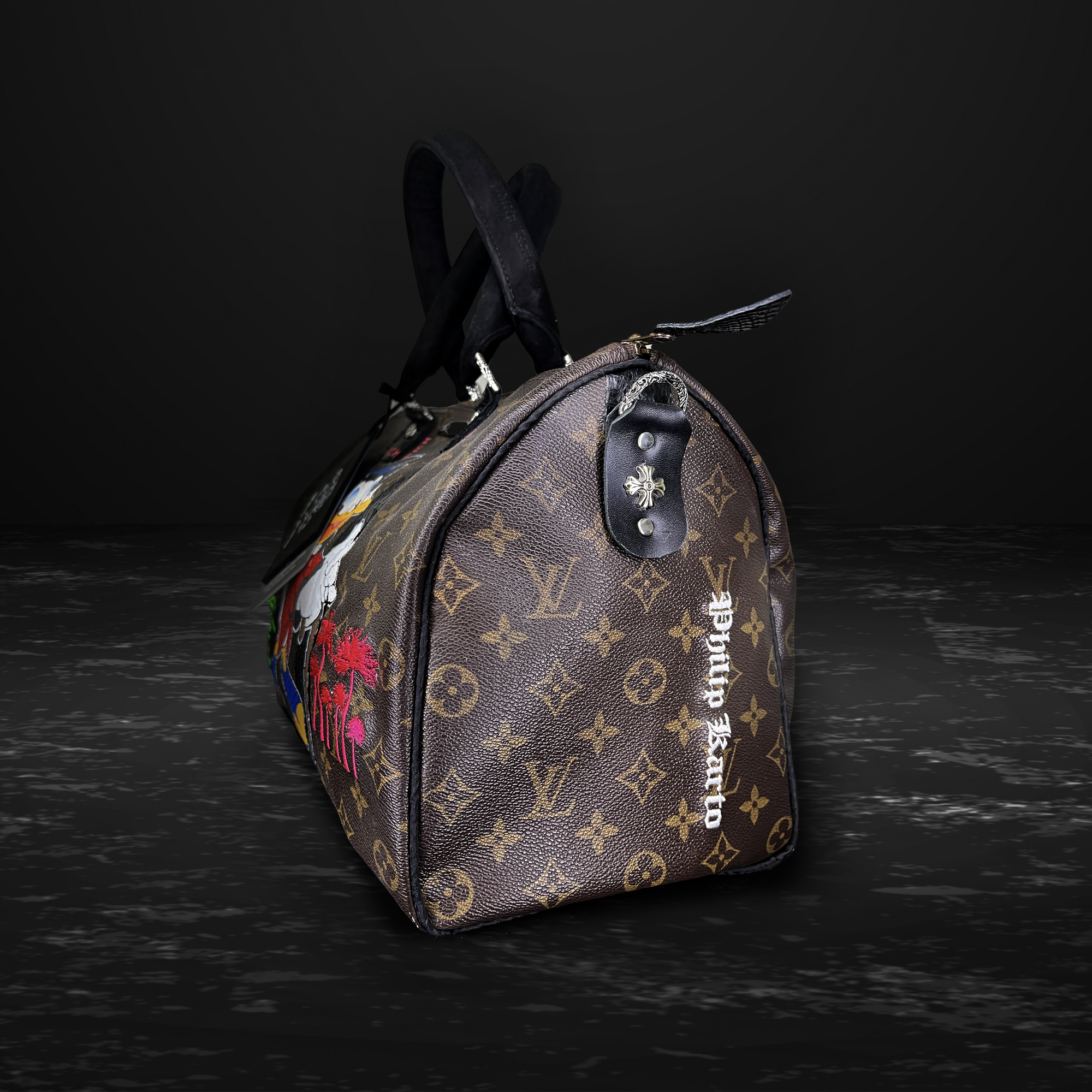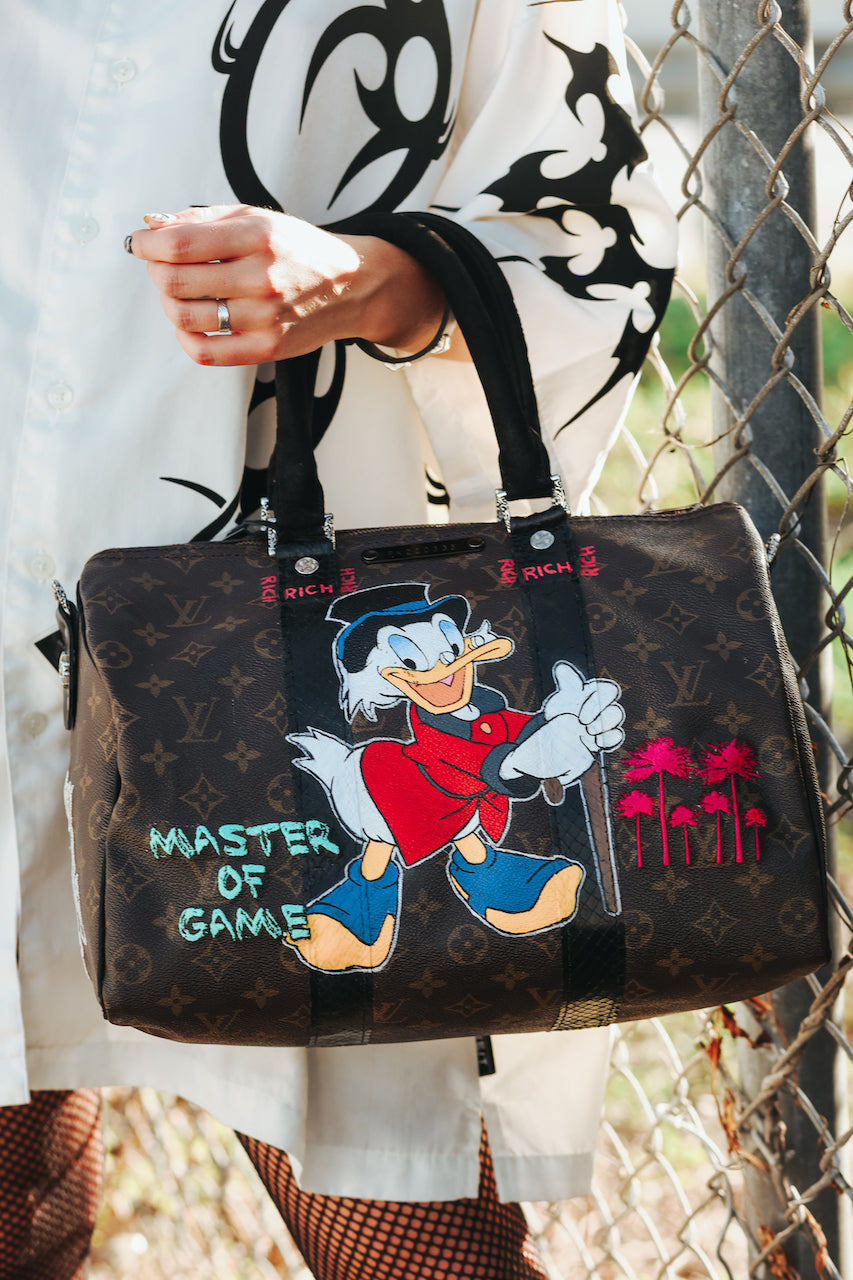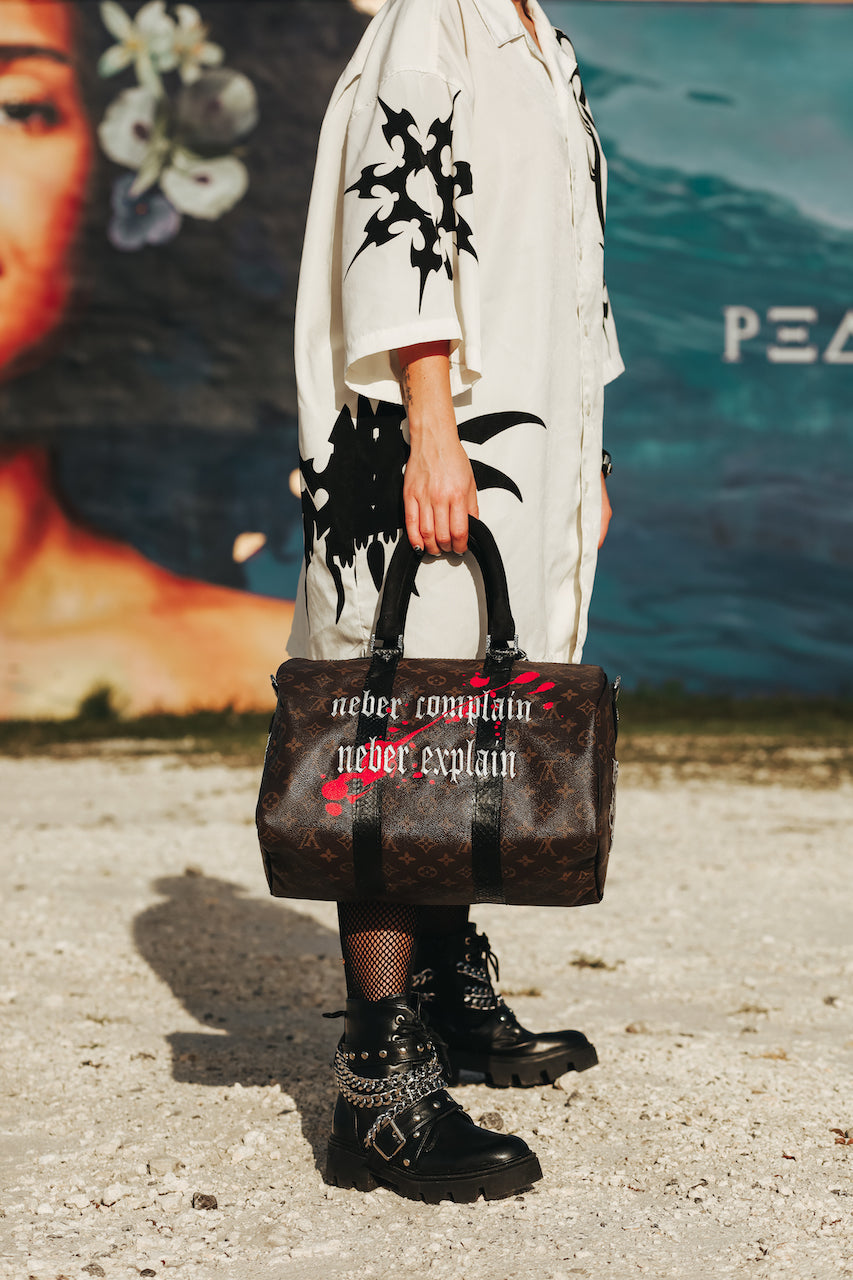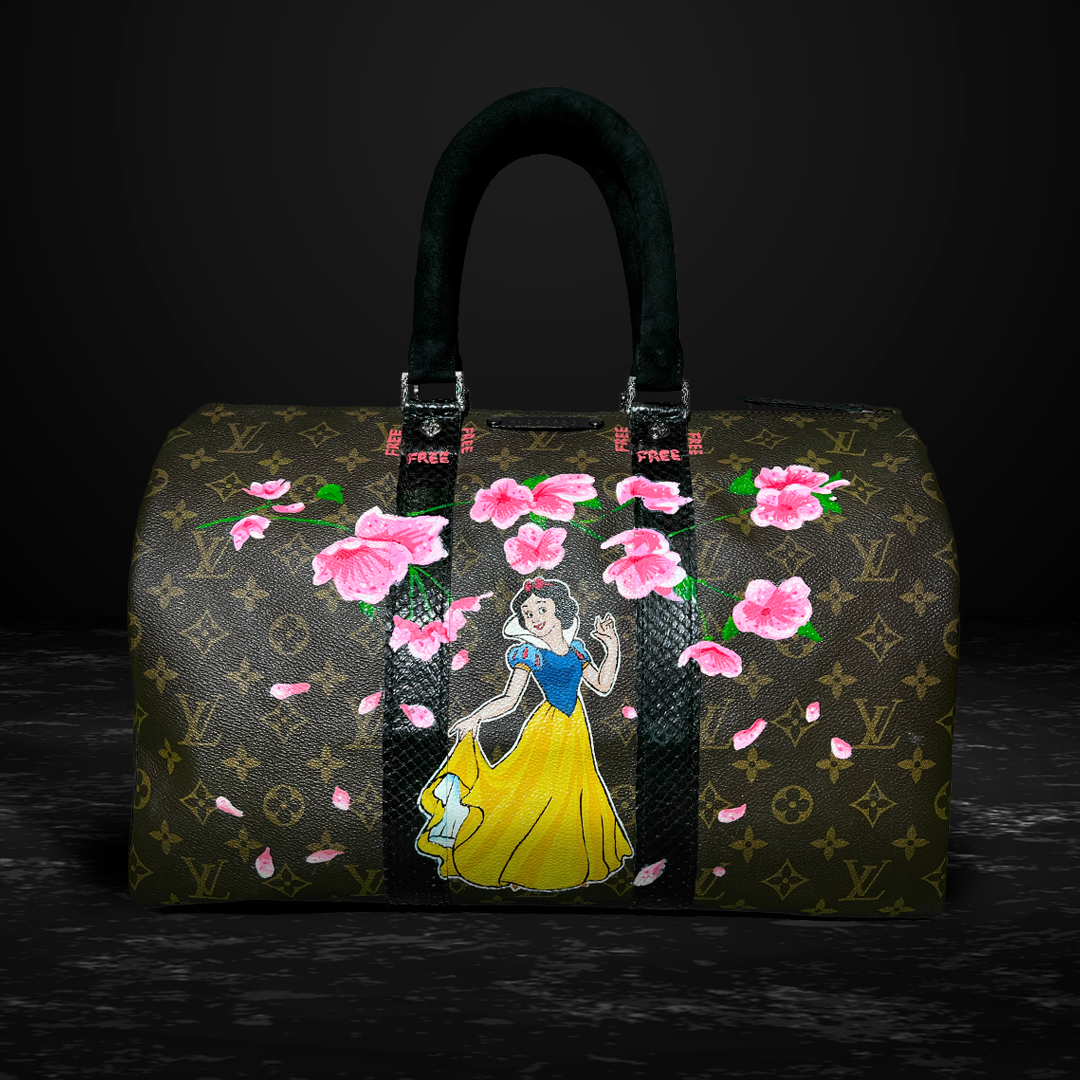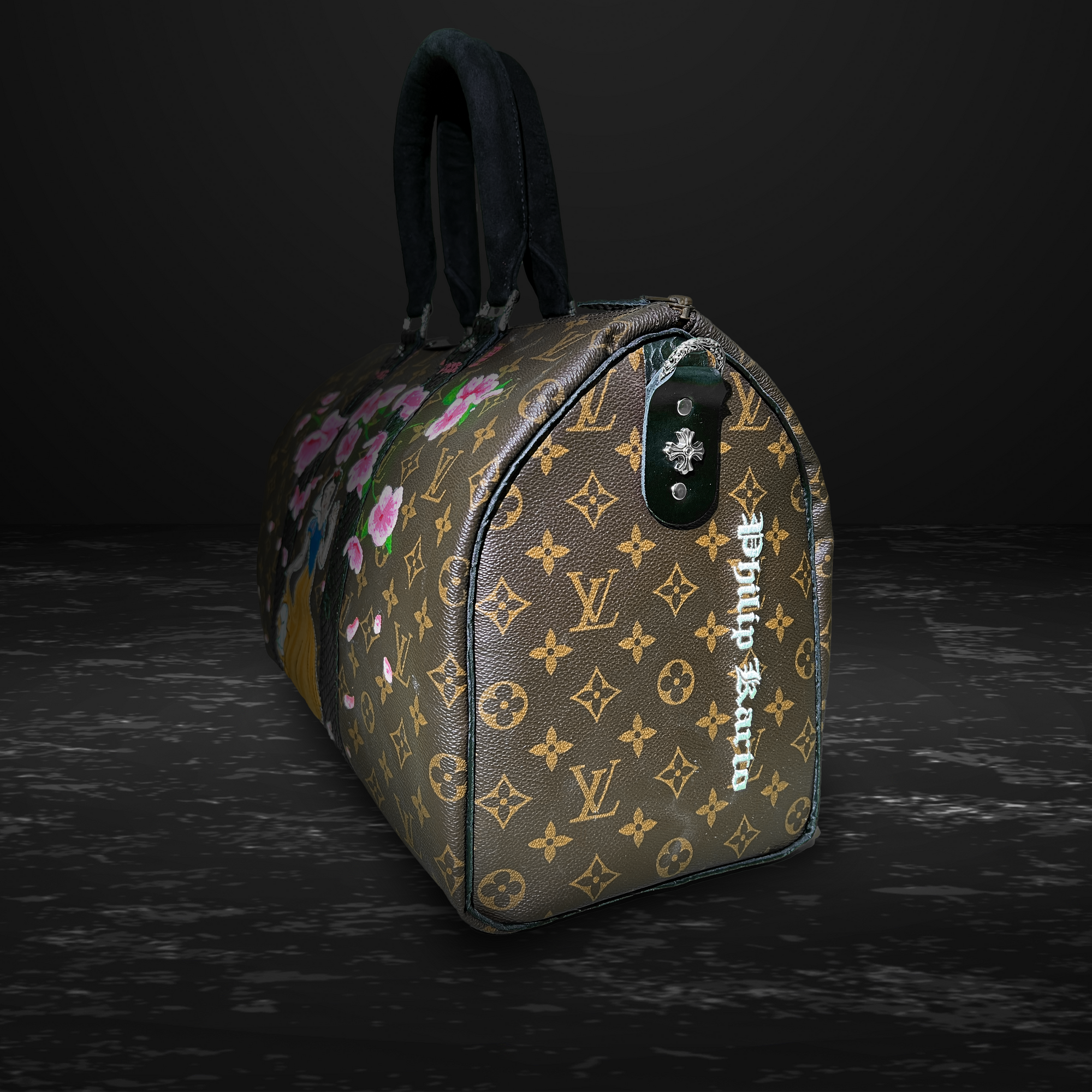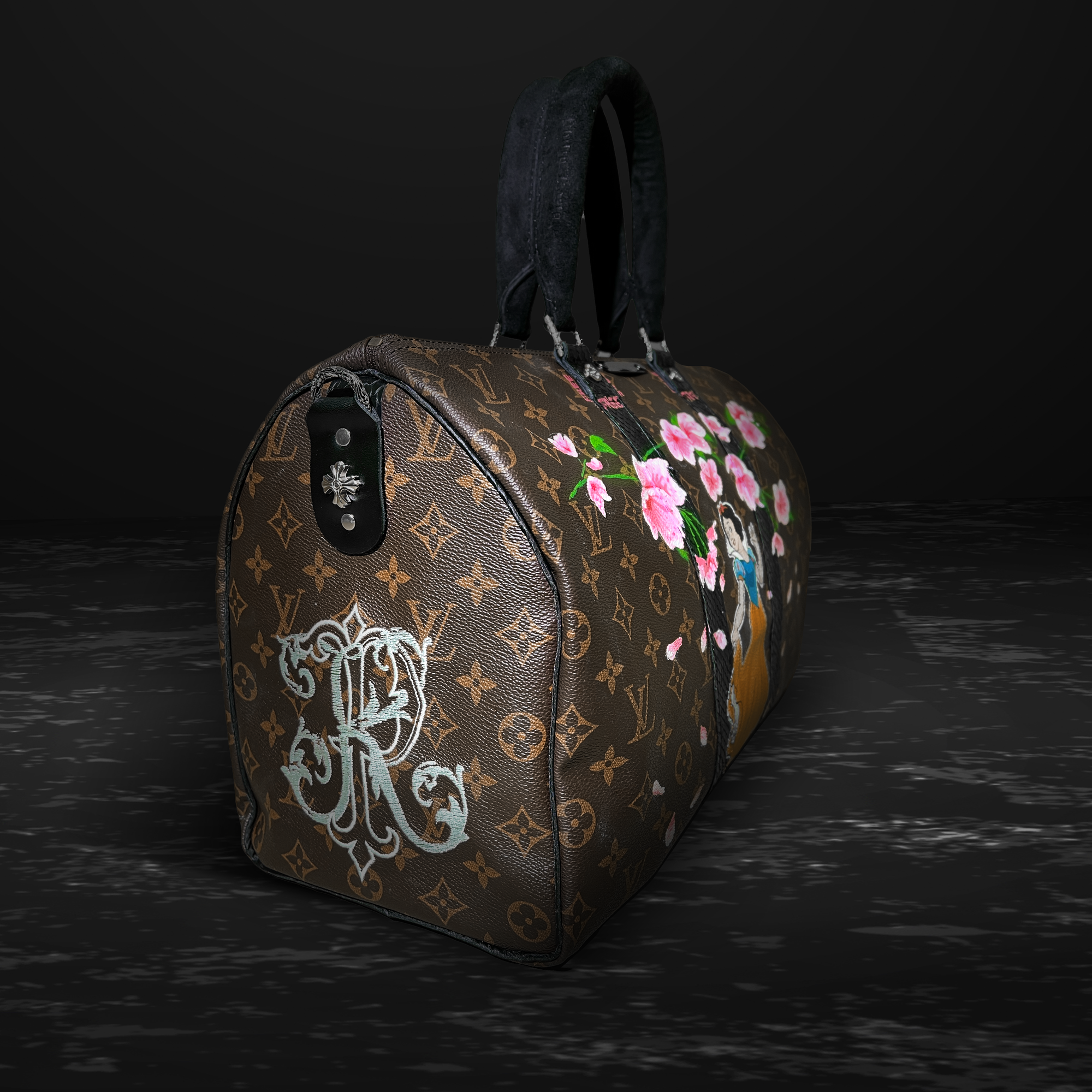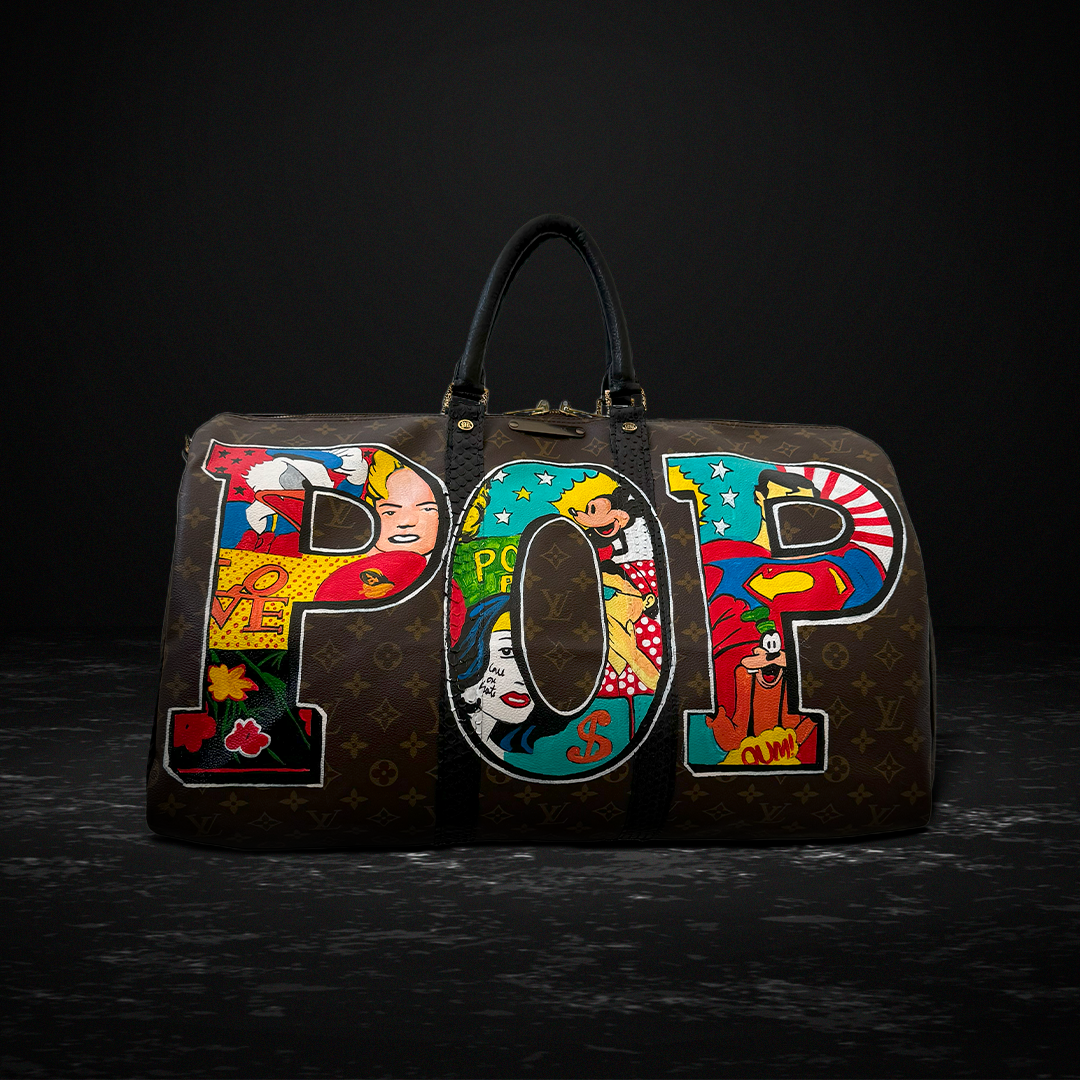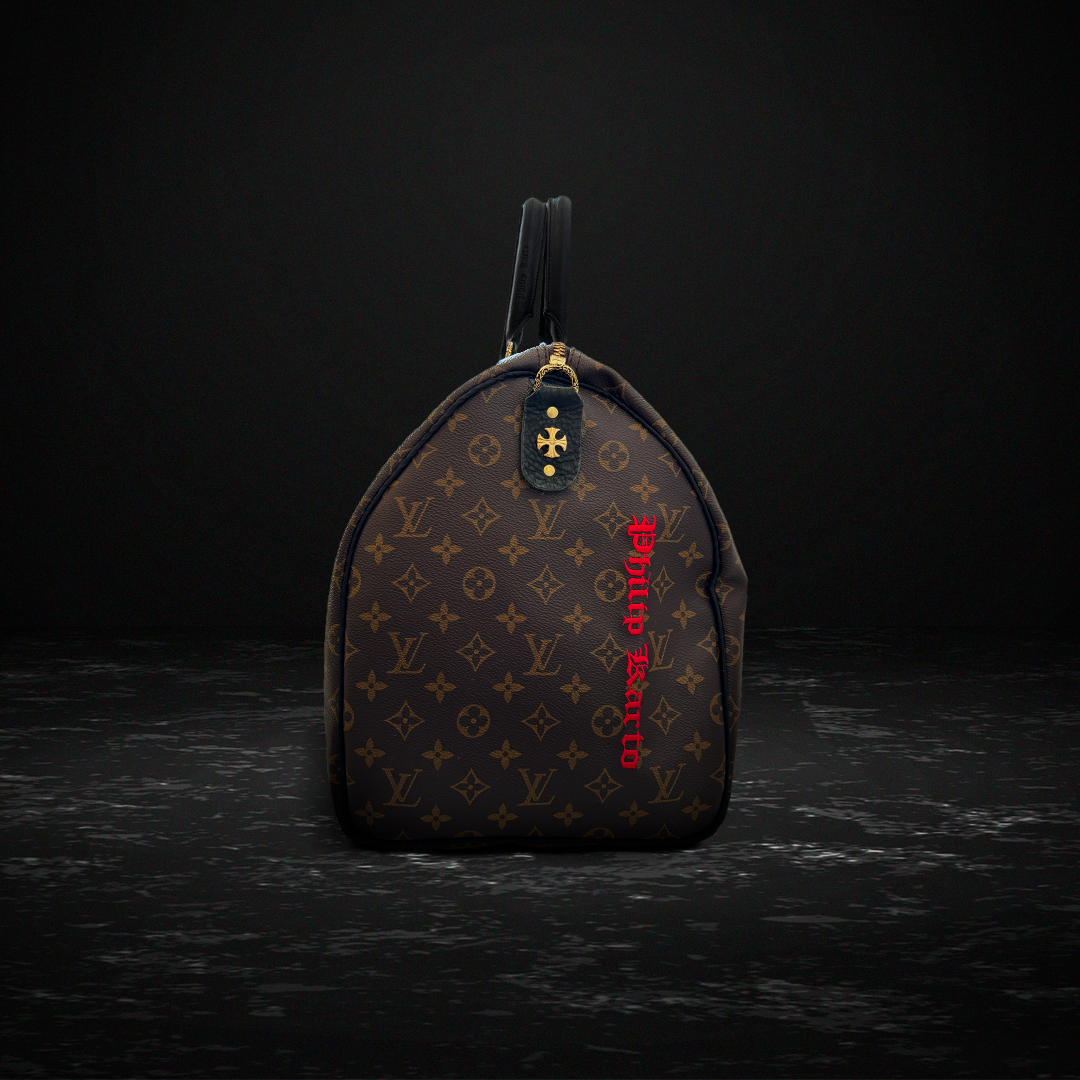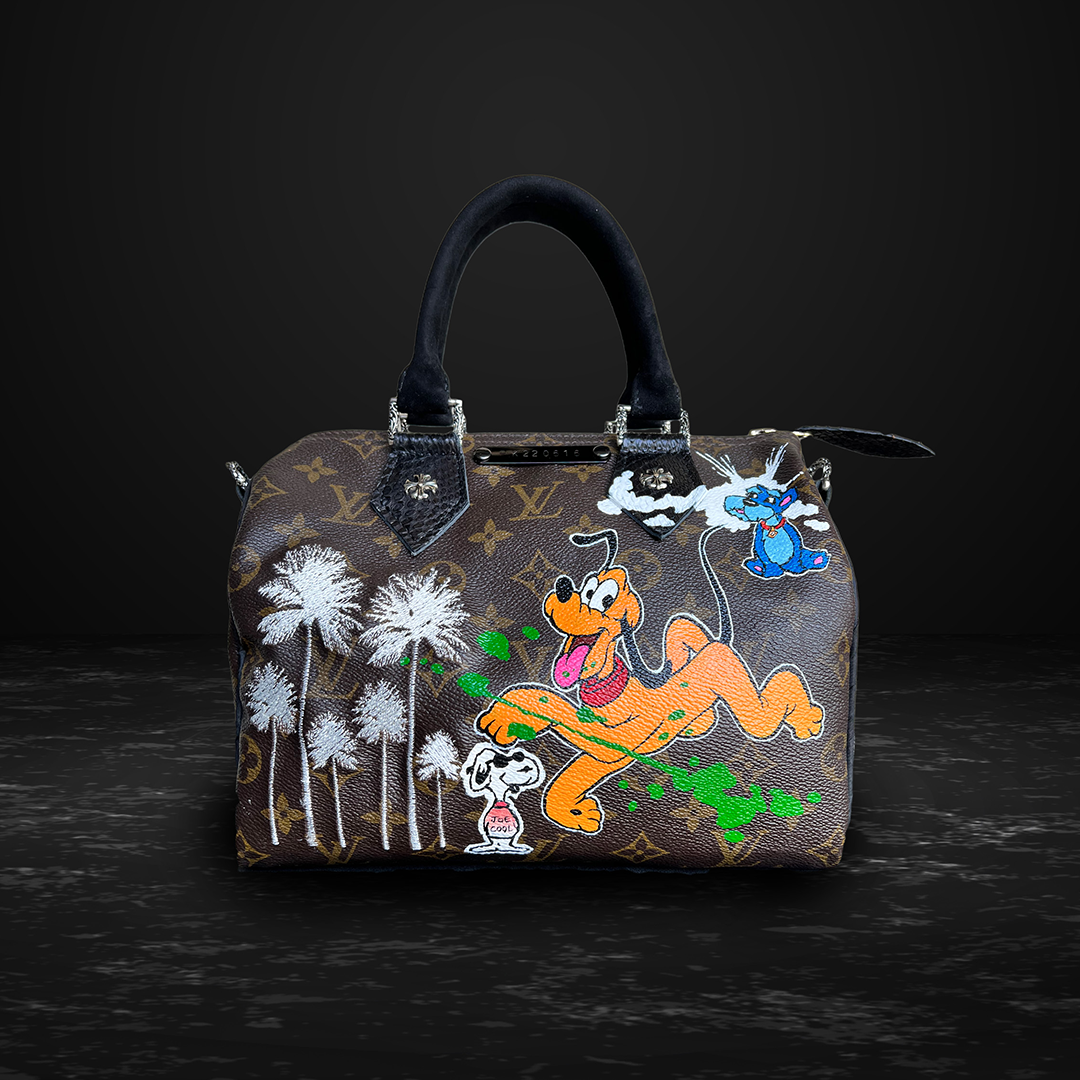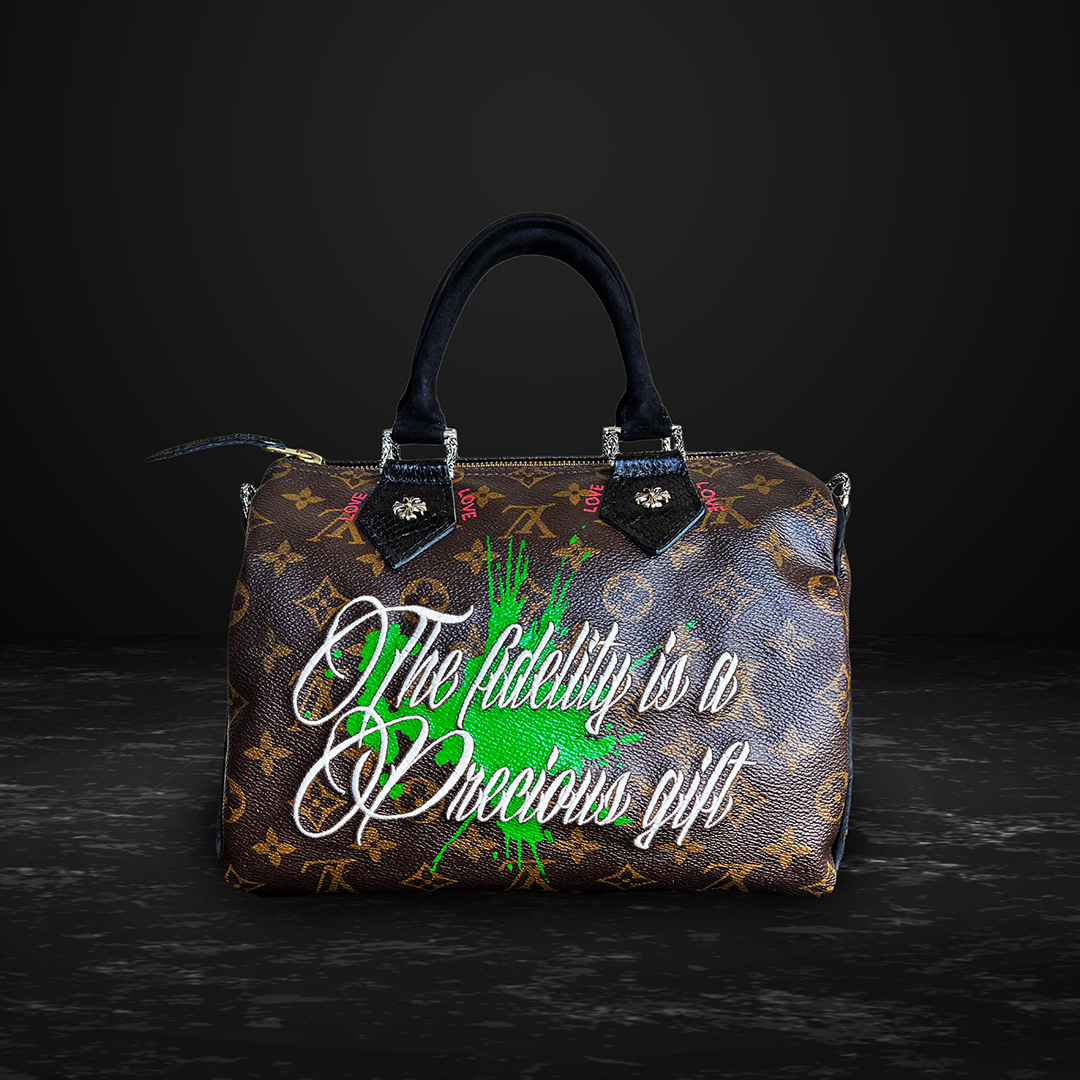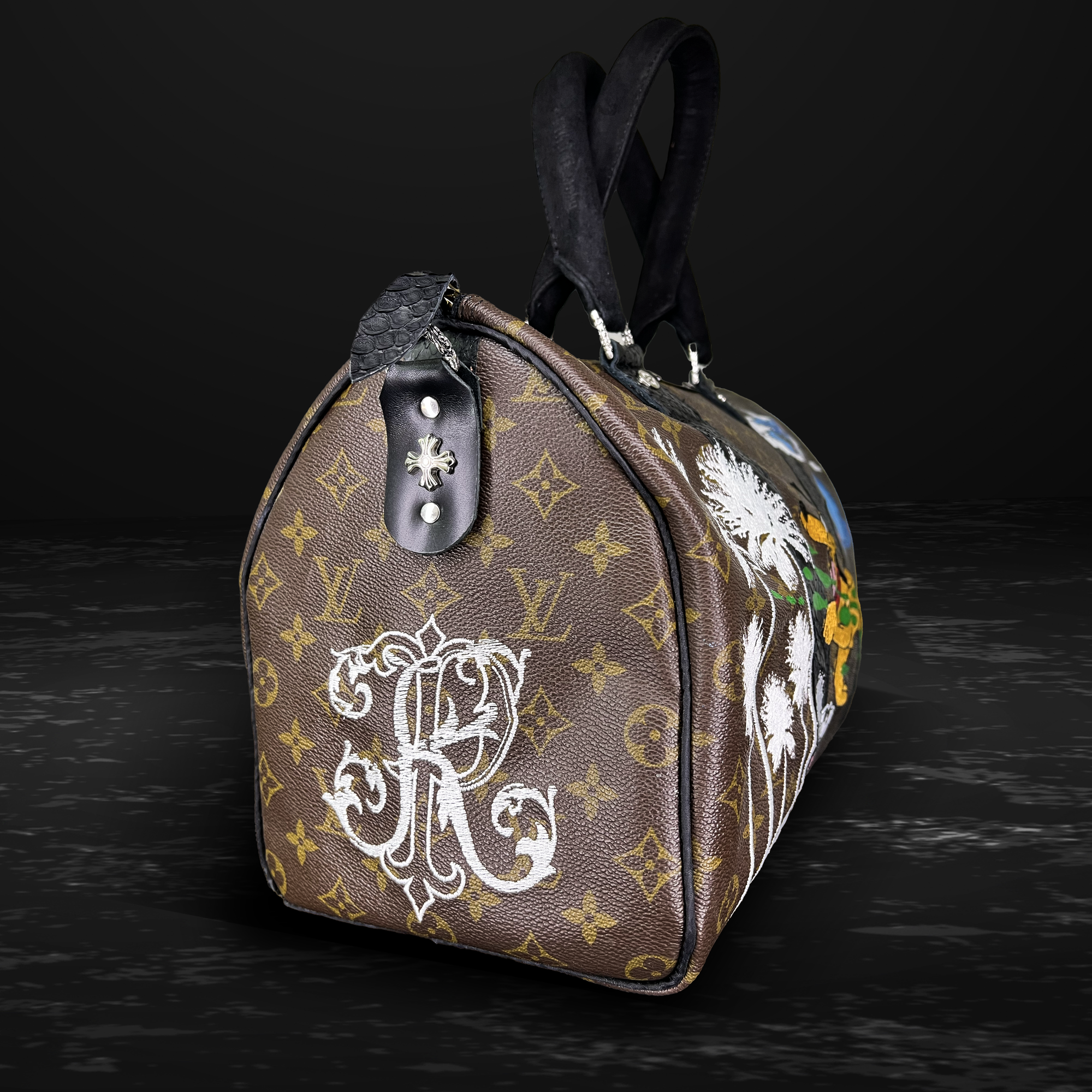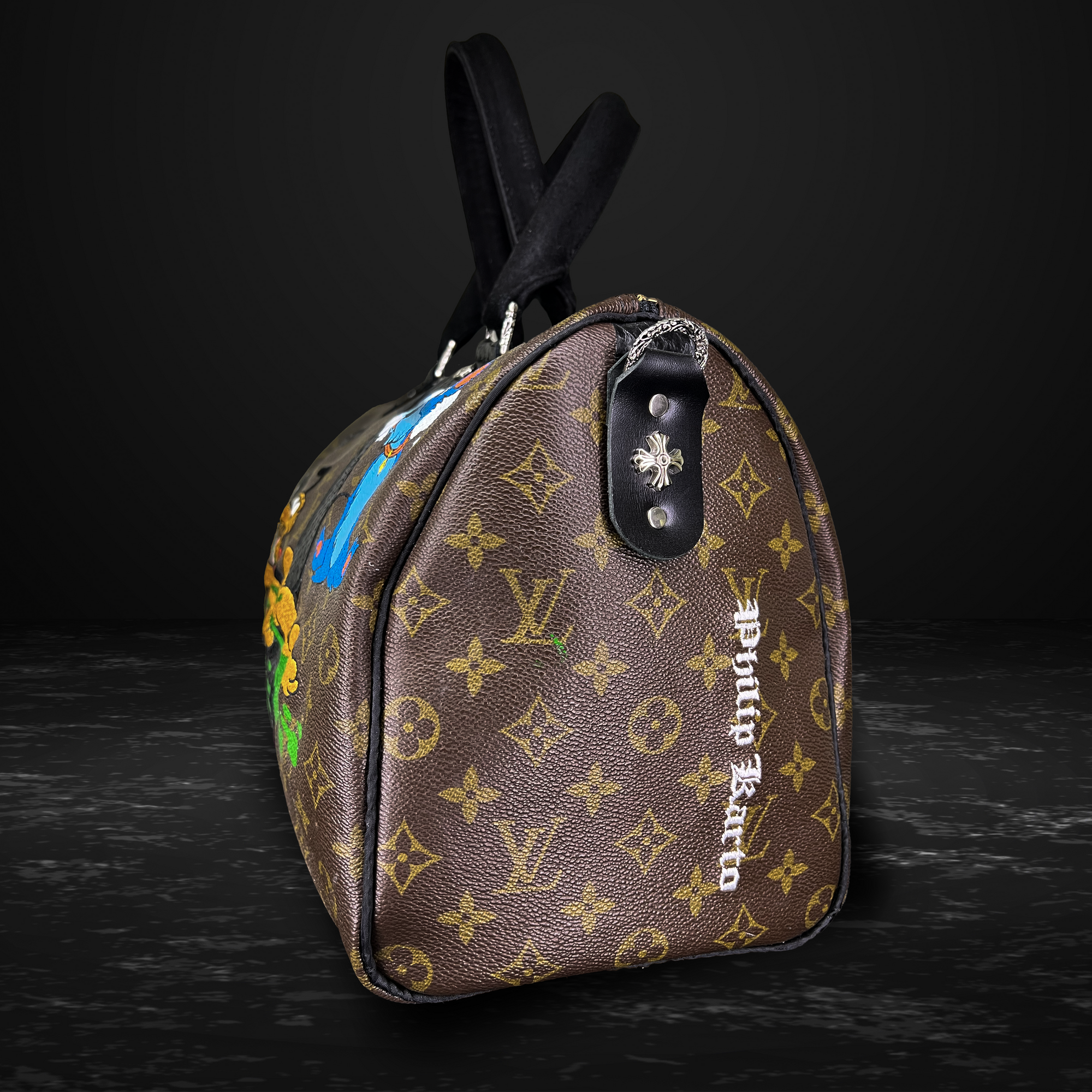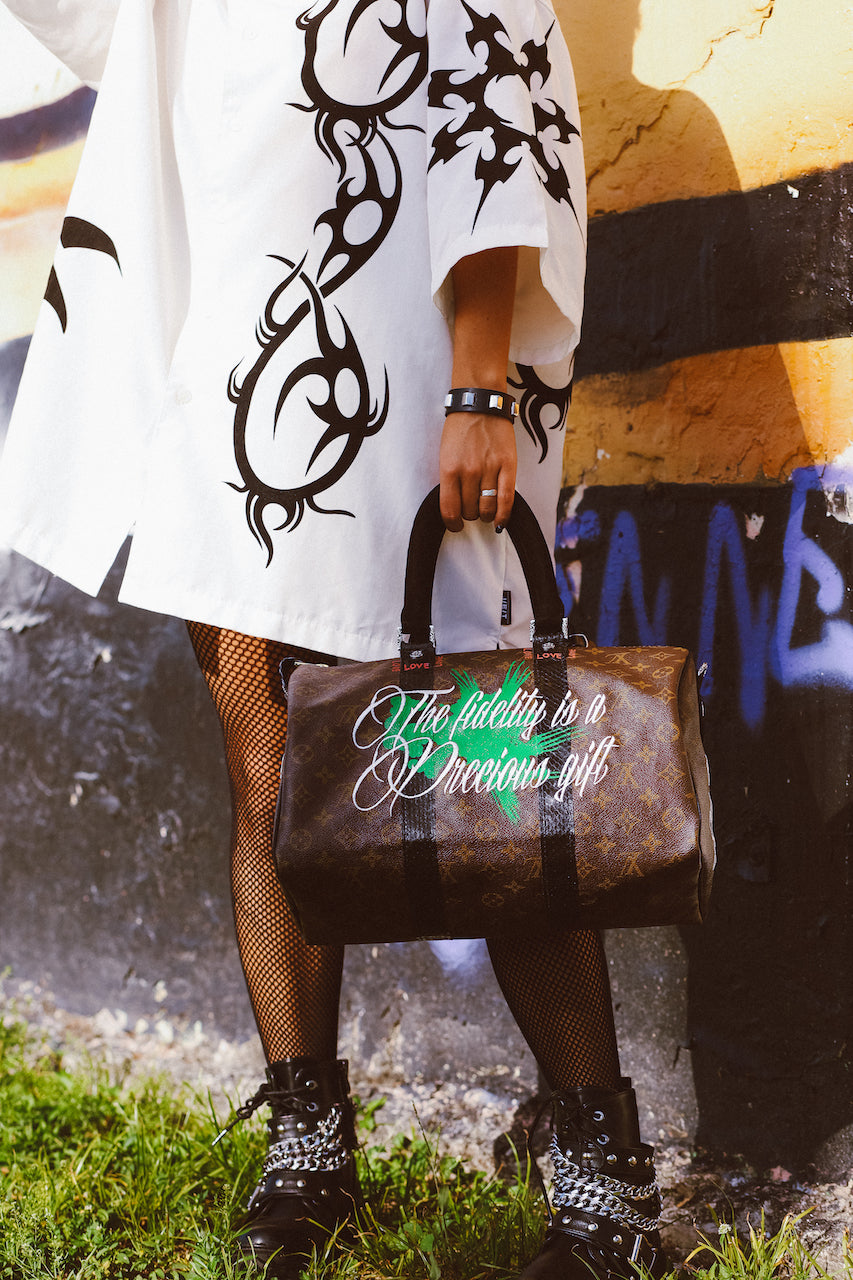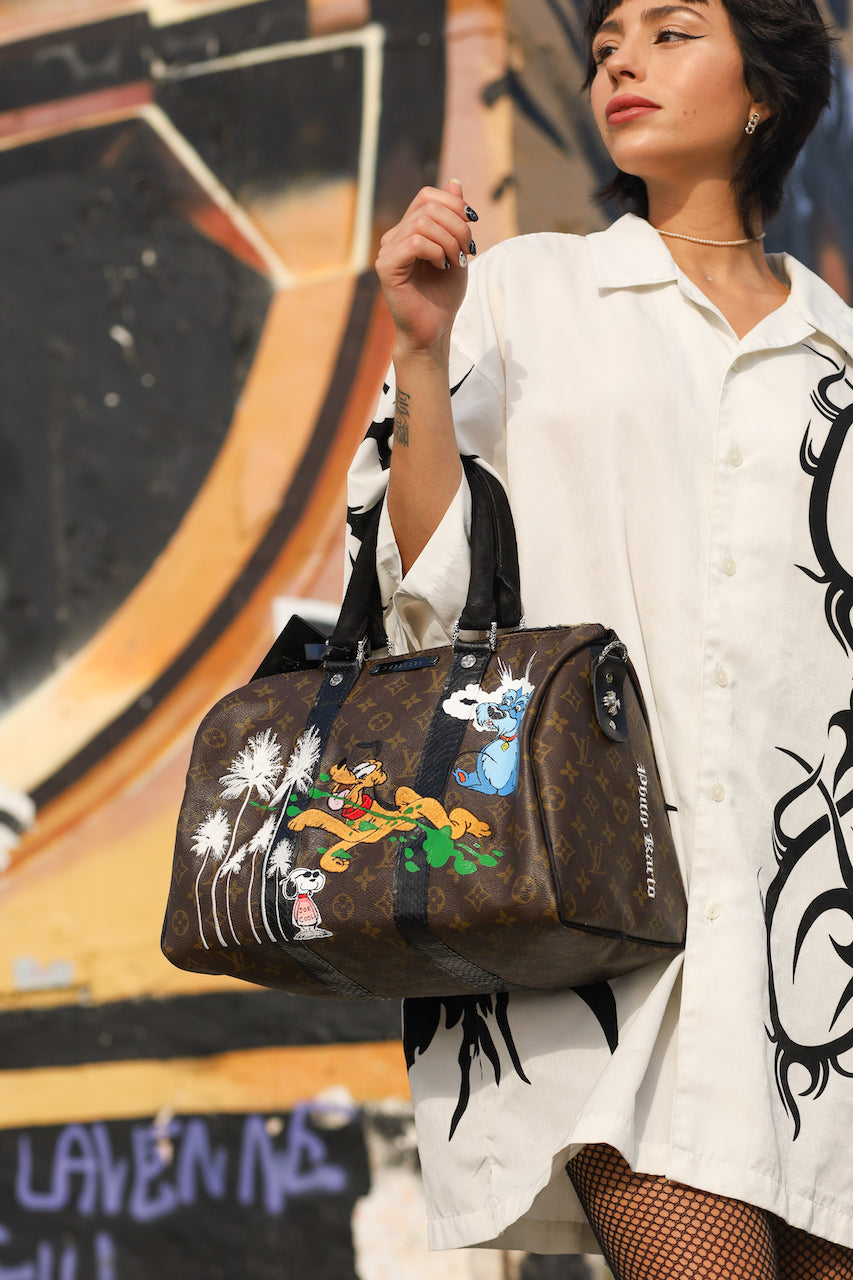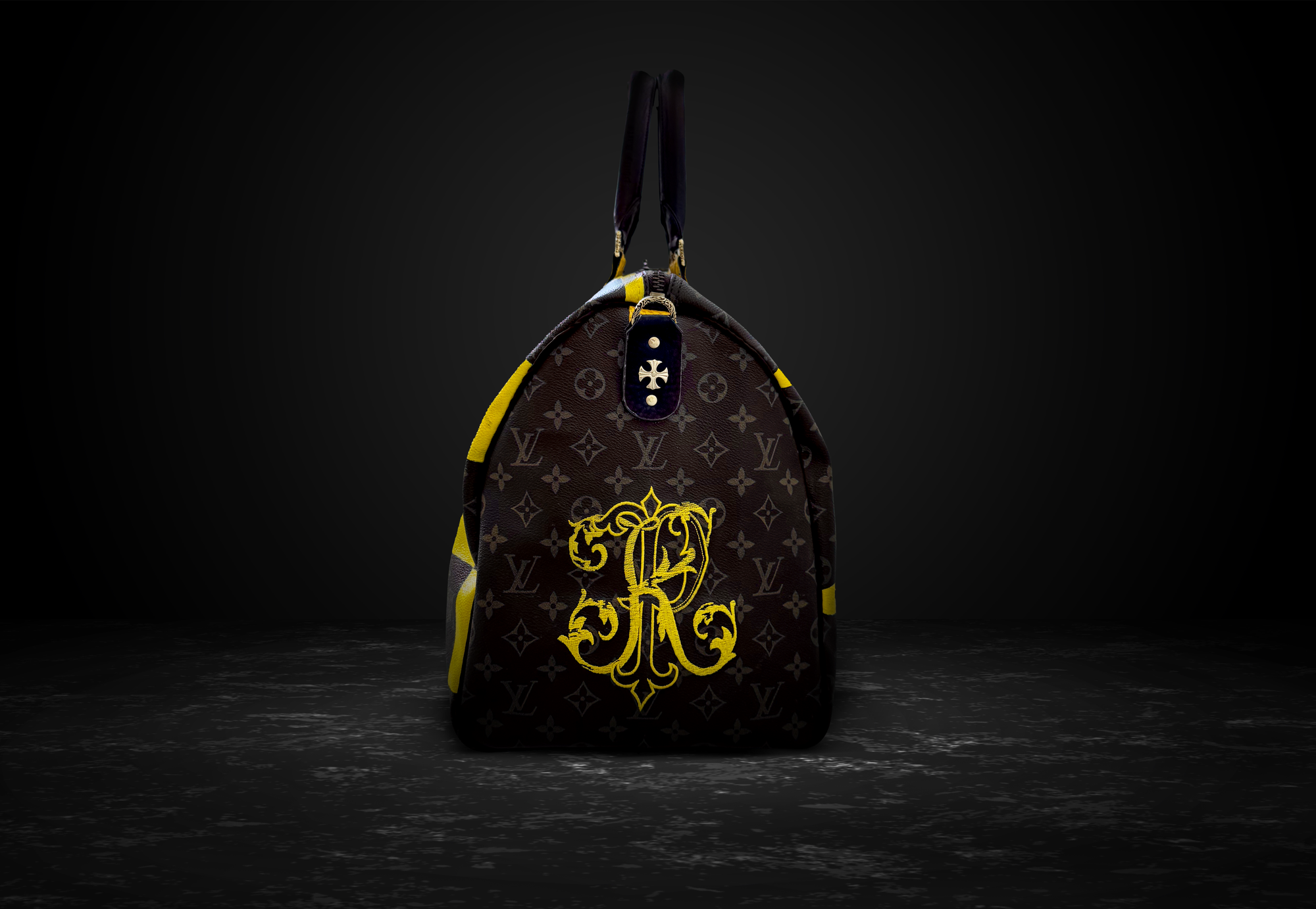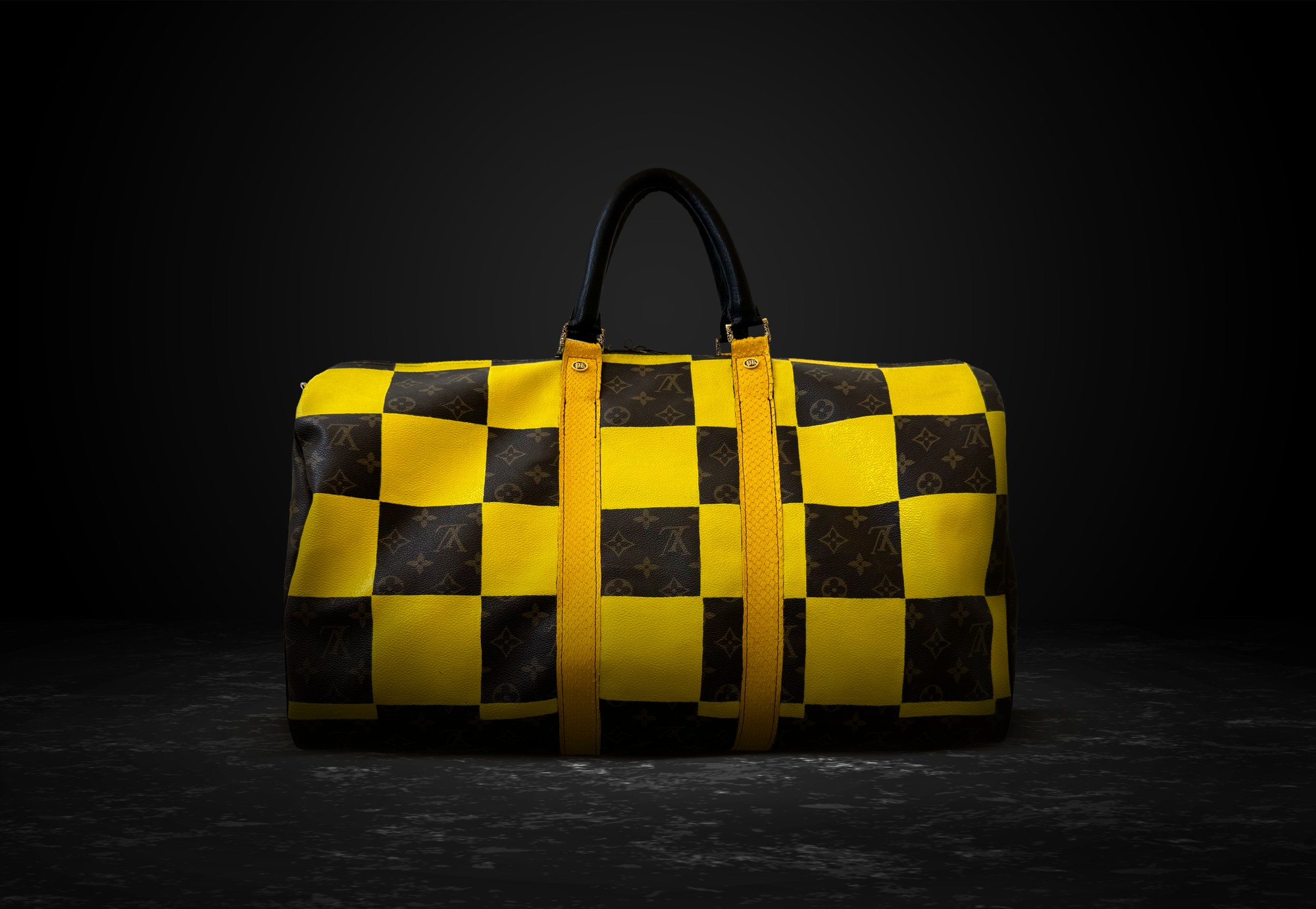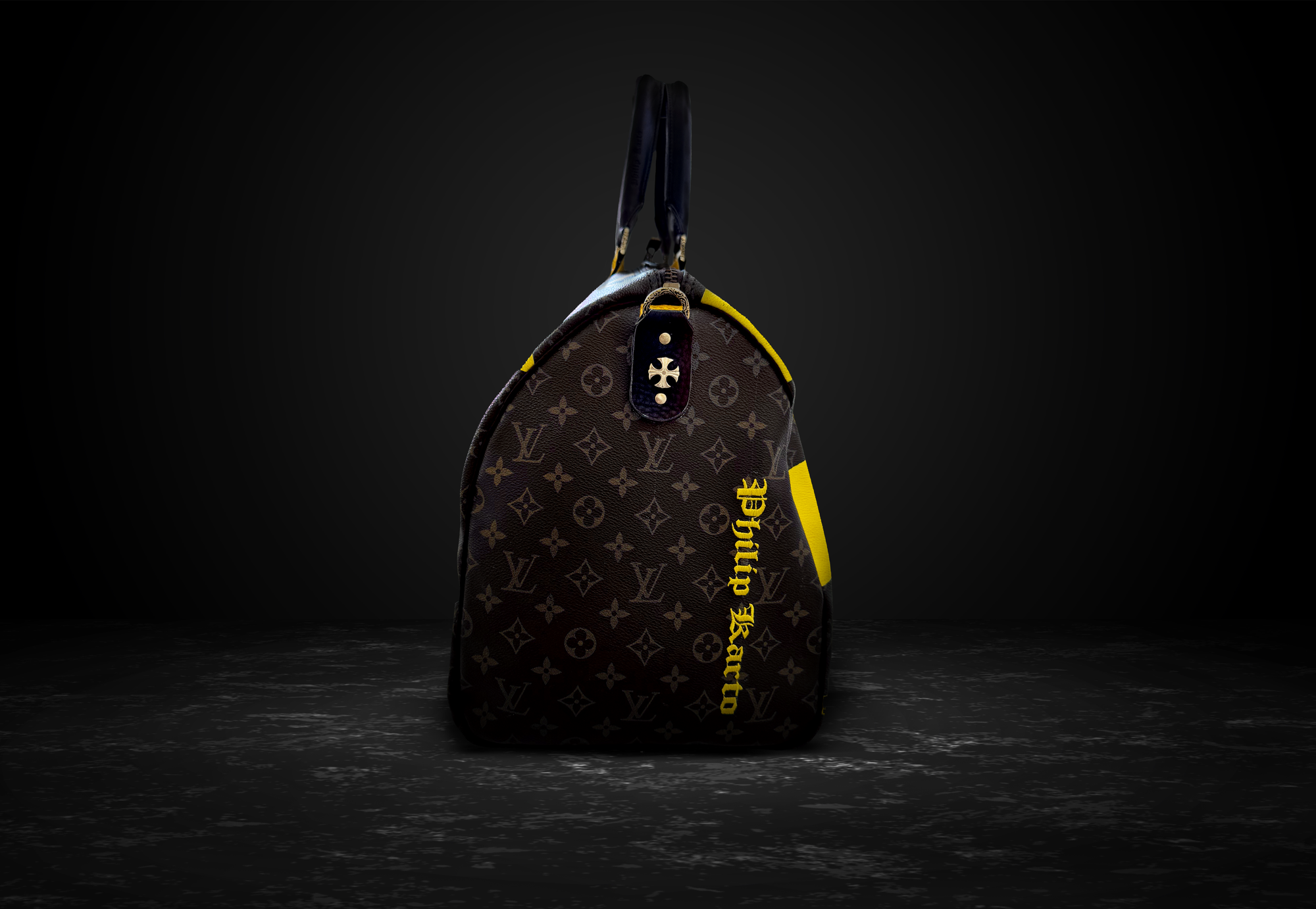Vintage Louis Vuitton is more than a shortcut to a lower price tag. It’s a way to own a piece of fashion history that has already proven its durability in the real world. The coated canvas has survived commutes and trips; the vachetta leather has matured into a honey patina; the silhouette hasn’t fallen out of favor. If you’ve wondered whether buying vintage is truly worth it, this guide walks through the nine smartest reasons to go pre-owned—plus practical tips on inspecting, authenticating, and caring for your bag so it keeps delivering value and joy.

Read more: How To Restore Vintage Louis Vuitton Bags
1) Better Value Per Wear
New boutique prices have climbed dramatically, while many vintage staples still trade for a fraction of MSRP. Because the core materials are built for longevity, your cost per wear on a well-chosen vintage piece can be excellent. Add the ability to service handles, edges, or zippers versus replacing an entire bag, and the economics skew even further in favor of pre-owned.
Read more: How To Spot a Fake Vintage Louis Vuitton Bag
2) Patina & Character You Can’t Fake
Vachetta—the natural, untreated leather on handles and trim—darkens over time, developing a honey glow that collectors crave. The edges soften; the canvas relaxes. No factory-fresh bag can mimic the warmth and personality of genuine patina earned over years. When patina is even and well cared for, it reads as luxury with a life—quietly sophisticated rather than brand-new shiny.
Read more: How to Authenticate a Vintage Louis Vuitton Bags
3) Discontinued & Rare Styles
Vintage opens a door to silhouettes, hardware eras, and colorways you simply cannot buy new. From early Keepalls and Speedys to quirky limited runs and interior linings that appeared only for a few seasons, the secondary market is where you hunt the exact version that speaks to you. If you love the poetry of details—zipper pulls, stamp fonts, lining textures—vintage is treasure hunting with purpose.
Read more: How Much Are Vintage Louis Vuitton Bags Worth
4) Sustainable Luxury (Circular Fashion)
Buying vintage extends the life of high-quality materials already in circulation. Rather than adding demand for new production, you give a second (or third) chapter to a well-made object. Restoration beats replacement; re-glazing beats discarding. In a world where luxury and sustainability can feel at odds, vintage aligns both—beauty with a lighter footprint.
Brand note: At Philip Karto, we extend the life of vintage LV through careful restoration, recycled builds, and one-of-a-kind upcycles—keeping heritage materials out of landfills and on your arm.
Read more: How to Clean Vintage Louis Vuitton Bags
5) Strong Resale & Liquidity
Buy a good condition classic, keep documentation, and you preserve options. Many iconic models remain liquid on the resale market, so if your style shifts—or you want to trade up—you can often recoup a meaningful portion of your spend. Vintage isn’t only an aesthetic choice; it can be a pragmatic one.
6) Proven Durability
Some “quality” claims are marketing; vintage bags are evidence. They’ve lived through temperature swings, travel, and the mundane bump-and-grind of life—and are still here. You can inspect how corners wear, how glazing ages, and how hardware holds up. That real-world track record is part of the value proposition.
Read more: How to Stop Peeling Vintage Louis Vuitton (Glazing, Canvas & Vachetta)
7) Craft & Heritage
Part of the magic of vintage is the tiny tells: alignment, stitching, stamping, and proportion. Older runs have charming production quirks that enthusiasts recognize and celebrate. When you carry a vintage piece, you’re carrying an era—design decisions, material choices, and visual language that define a moment in the brand’s history.
8) Customization Potential
Vintage is a canvas—literally. Handles can be replaced, edges re-glazed, tired panels refreshed, and if you love artful expression, upcycling turns wear into a statement. Tasteful customization keeps the soul and silhouette while making the bag distinctly yours.
Brand note: Our atelier at Philip Karto can re-glaze edges, refresh handles, replace panels, or transform a well-loved classic into a unique upcycled piece—always with respect for the bag’s story.
Read more: How Old are Vintage Louis Vuitton Bags?
9) Immediate Availability
No waitlists. No seasonal drops that disappear in minutes. With vintage, you can find the exact year, condition, strap drop, and interior you want—and take it home now. If you’re deliberate about fit and function, “available today” is a serious perk.
Vintage vs New Louis Vuitton—Key Differences to Know
Beyond price, there are meaningful contrasts in feel, policies, and sustainability. Here’s a quick snapshot to frame your decision.
|
Aspect |
Vintage |
New |
|
Price |
Often significantly lower than boutique MSRP |
Full retail, limited discounts |
|
Character |
Lived-in patina, softened edges |
Crisp vachetta, factory-fresh finish |
|
Availability |
Discontinued/rare models accessible |
Current season only; waitlists possible |
|
Sustainability |
Extends product life; circular fashion |
New production footprint |
|
Service Path |
Independent artisans handle most issues |
Boutique policies vary by region & model |
A note on service: some brand boutiques won’t take on heavily altered pieces or certain vintage repairs. Independent specialist workshops can cover re-glazing, strap/handle replacement, panel work, and tasteful creative rebuilds.

How to Buy Vintage LV the Smart Way
Set your criteria. Decide on model, budget, desired patina, and must-have functionality (top-handle vs crossbody, laptop/tablet fit, organizer compatibility). This narrows your search and prevents impulse buys.
Know condition grades.
-
Mint: Barely used; minimal signs of wear.
-
Excellent: Light wear at high-touch areas; clean interior.
-
Good: Noticeable wear, corner rubs, minor glazing peel; still daily-carry with care.
-
Well-loved: Visible flaws, cracking, stains—often a candidate for restoration or recycle/upcycle.
Inspect high-wear zones.
Corners and zipper arcs (look for cracks in coated canvas), handle edges/glazing (peel or stickiness), strap holes (stretching), interior pockets/lining (tackiness or powdering), hardware plating (loss or pitting), and stitching (loose threads). A few small issues are normal; systemic problems point to deeper work.
Check age clues (informational, not absolute).
Date codes and heat stamps can help estimate production period. Focus on clarity, alignment, and whether stamp and model/era make sense together. Be wary of “perfect” stamps on otherwise inconsistent bags.
Collect the paper trail.
Receipts, service records, and workshop documentation add confidence and support future resale. Ask sellers for any original packaging or dust bags, but don’t treat them as proof by themselves.
Do the fit test.
Measure strap drop, check hand hold vs elbow carry, test with an organizer insert, and confirm device fit. A bag that functions perfectly for your life is the one you’ll reach for.
Plan realistic restoration.
If glazing is peeling, factor in a re-glaze. If handles are tired, budget for replacement. If canvas is cracked widely, consider a recycle/upcycle build instead of chasing perfection with spot fixes.
Authenticity & Risk Reduction (Basics That Matter)
Authenticity is about patterns, not isolated “tells.” Review the whole picture:
-
Materials & alignment: Coated canvas should feel substantial; monogram alignment across seams should be thoughtful.
-
Heat stamps & fonts: Crisp, consistent, and era-appropriate. Look for spacing, letter shape, and depth.
-
Stitching: Even tension, tidy back-stitches, no wild deviations.
-
Hardware: Weighty feel, clean finishing, compatible era markings.
-
Smell & handfeel: Vintage canvas has a particular scent and body; plasticky odors are a red flag.
Professional authentication and specialist workshops are your best safety net. Screenshots can mislead; trained eyes catch patterns you might miss. When in doubt, pause—and ask for help.
Care & Longevity: Make Vintage Last
-
Store breathable & dry. Dust bag, away from radiators and bathrooms. Avoid sealed plastic bins unless vented; add a small desiccant nearby (not touching leather).
-
Rotate your carry. Spread wear across your collection; don’t overload a single vintage piece daily.
-
Micro-clean, often. Quick dry microfiber wipe-downs prevent grime buildup.
-
Mind chemistry. Let perfumes, hair products, sunscreen, and hand sanitizers dry fully before handling.
-
Use organizers. Inserts support shape and reduce corner stress.
-
Service on time. Re-glaze early rather than waiting for leather exposure; replace stretched handles before they fail; address lining stickiness with replacement, not powders.
FAQs
Is vintage Louis Vuitton worth it?
-
Yes—if you pick a solid condition piece that fits your lifestyle. You’ll get lower cost per wear, unique character, and strong resale potential compared with many new luxury buys.
Which models hold value best?
-
Classics like the Speedy, Neverfull, Keepall, Alma, and certain crossbody styles tend to be liquid. Rarity, condition, and documentation influence resale.
How much patina is “good”?
-
Even, honey-toned patina reads as desirable. Patchy dark stains or water rings are cosmetic issues; they can be improved with professional cleaning or strategic leather replacement.
Can peeling glazing or cracked canvas be fixed?
-
Glazing: yes—professional re-glazing is durable. Canvas: localized cracks can be stabilized; widespread cracking usually calls for panel work or a recycle/upcycle rebuild.
Are sticky linings normal on vintage?
-
They happen on certain older coated fabrics. Best solution is replacement or re-bagging the pocket; powders only make a mess.
Where’s the safest place to buy?
-
Reputable resellers with clear condition photos, return policies, and authentication support—or from a workshop that both sells and services, so you know what you’re getting and how it can be maintained.
Our Approach to Vintage: Philip Karto
At Philip Karto, we believe luxury should last—and live. We curate vintage Louis Vuitton with transparent condition notes, then stand behind what we sell with the same services we offer collectors: subtle restoration, thoughtful replacements, and, when appropriate, creative transformations.
-
Restoration, not guesswork. We handle re-glazing, strap/handle replacement, hardware refresh, and lining solutions with materials and methods meant to be lived with.
-
Recycled & upcycled builds. When a piece is past simple repair, we re-engineer it—salvaging the strongest panels, adding new leather, and, if you wish, hand-finished artwork—so it’s one of one and ready for daily carry.
-
Guided buying. Not sure which model or condition is right for you? Share photos or send your wishlist. We’ll help you choose, price in any smart restoration, and map a care plan so the bag keeps giving back for years.
Ready to explore vintage the right way? Send us photos on WhatsApp for a free assessment, or browse our Bag Recycled and Bag Upcycled categories to see how we restore, re-engineer, and re-imagine classics—only at Philip Karto.


